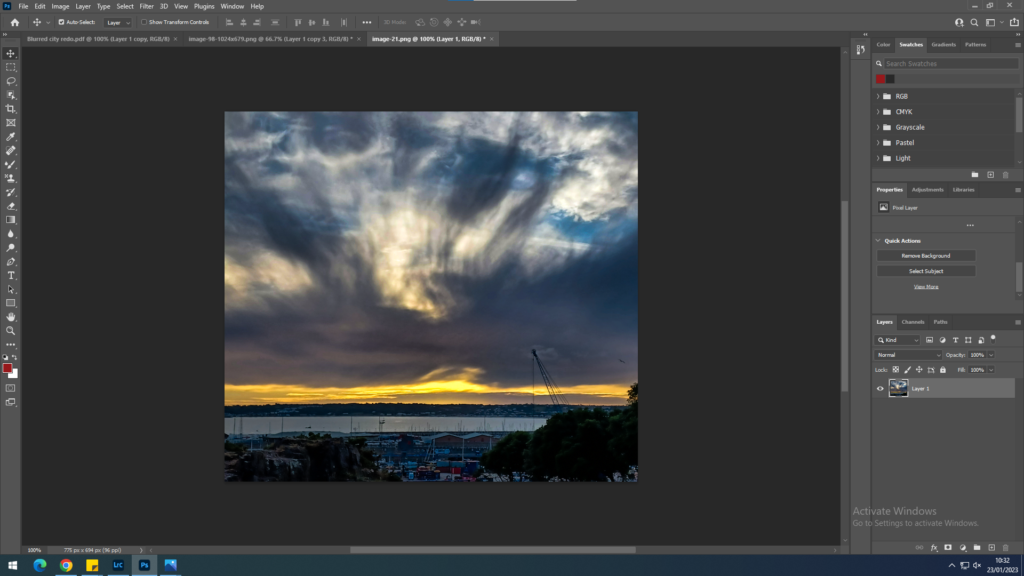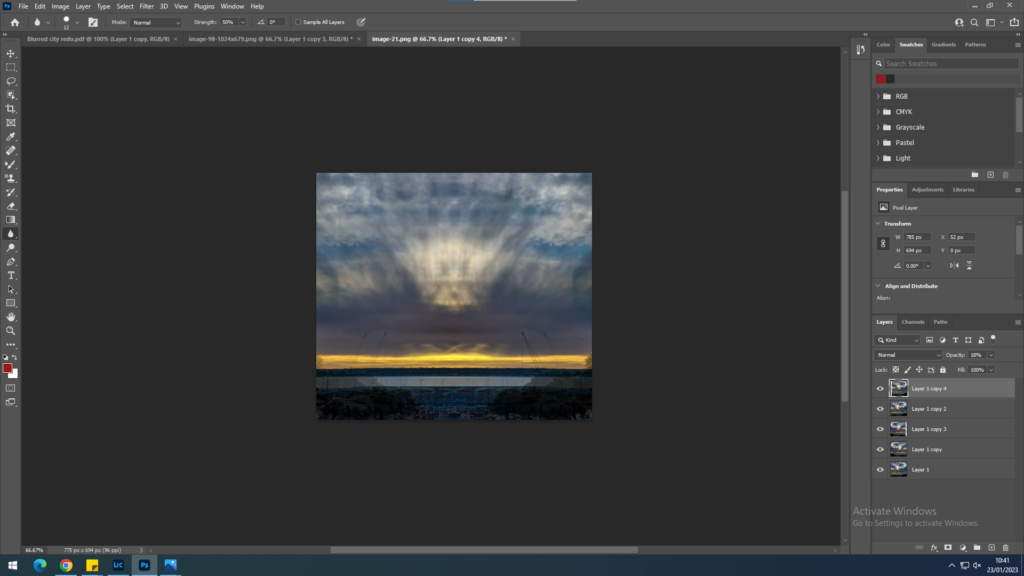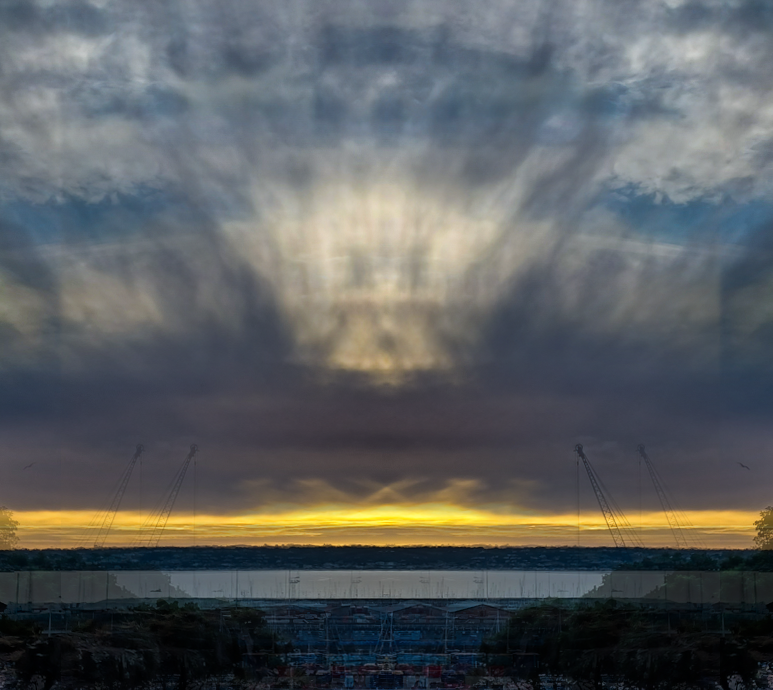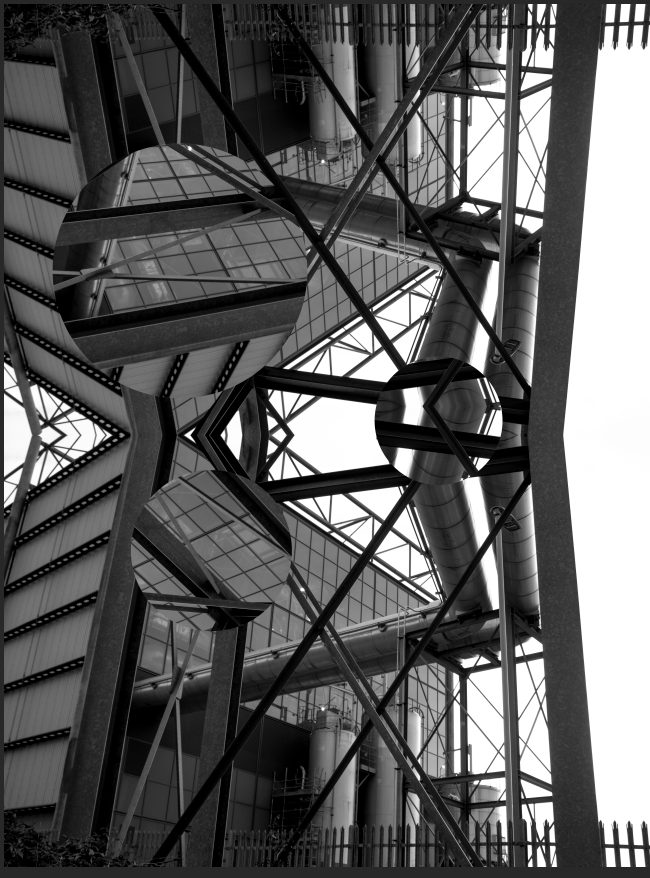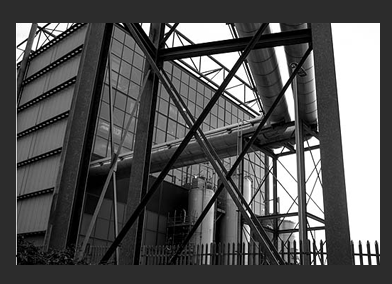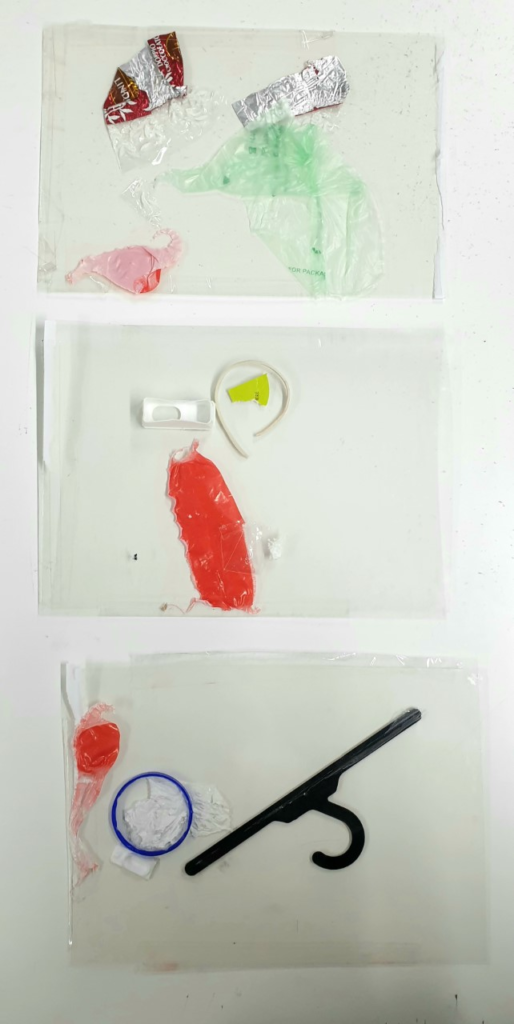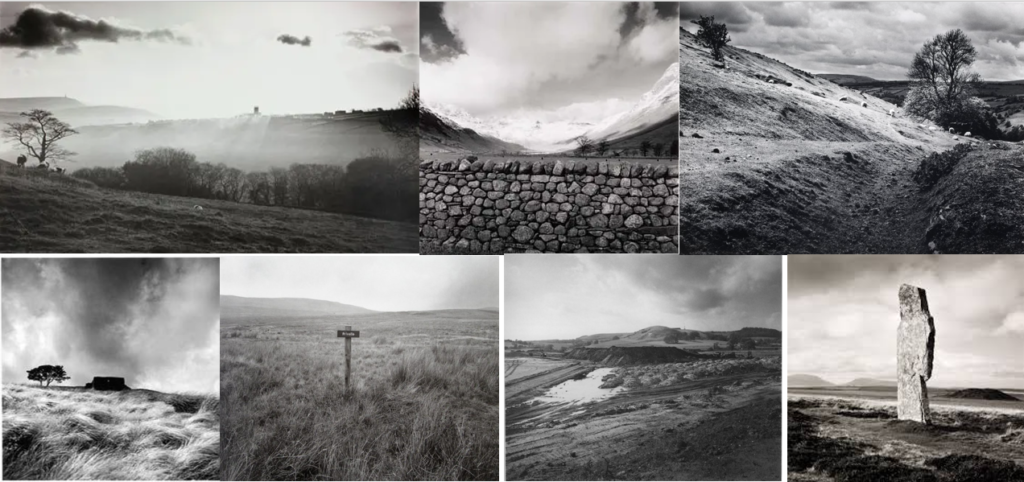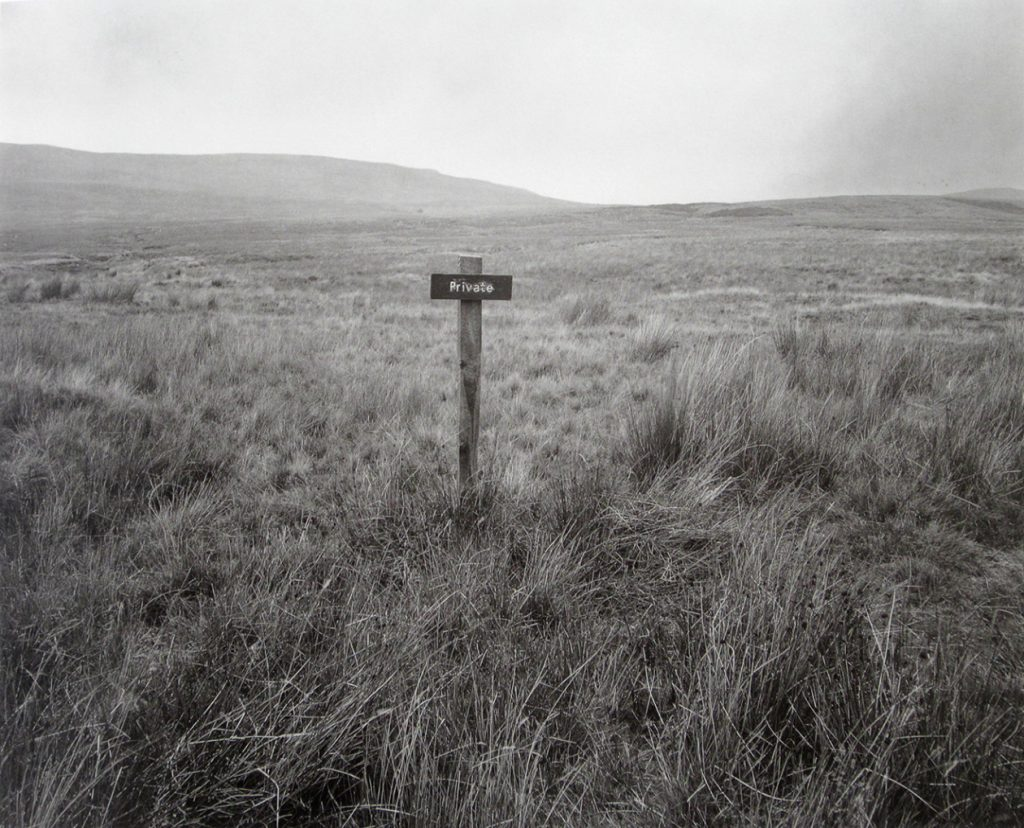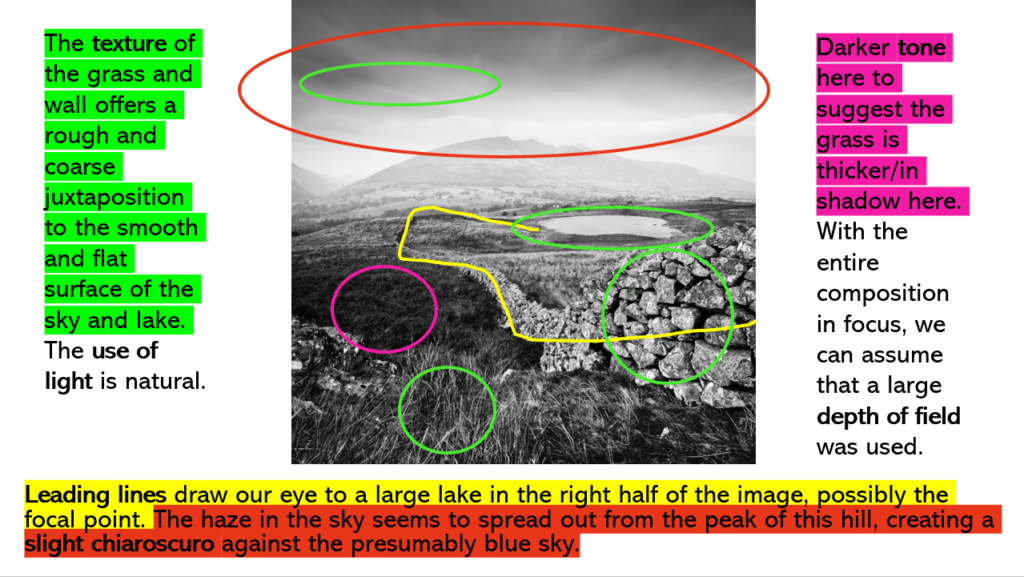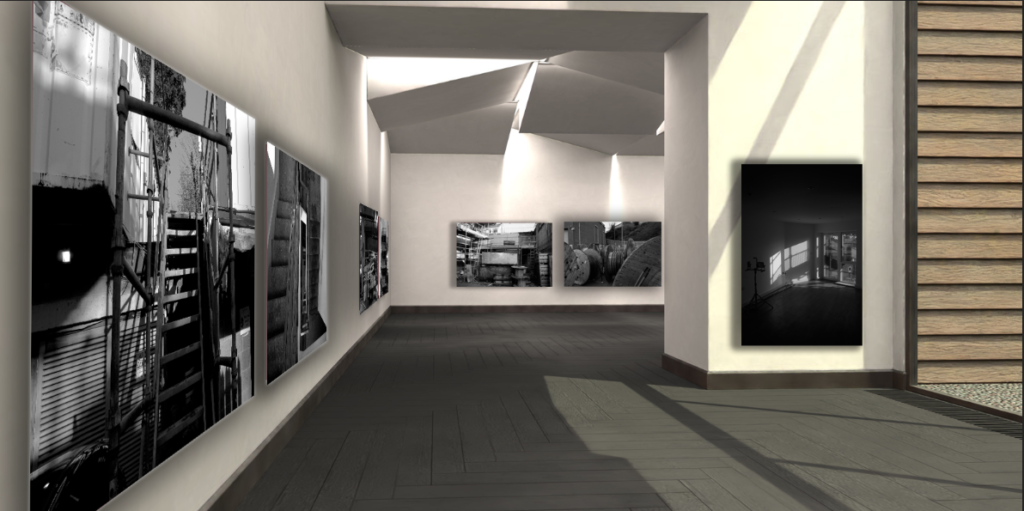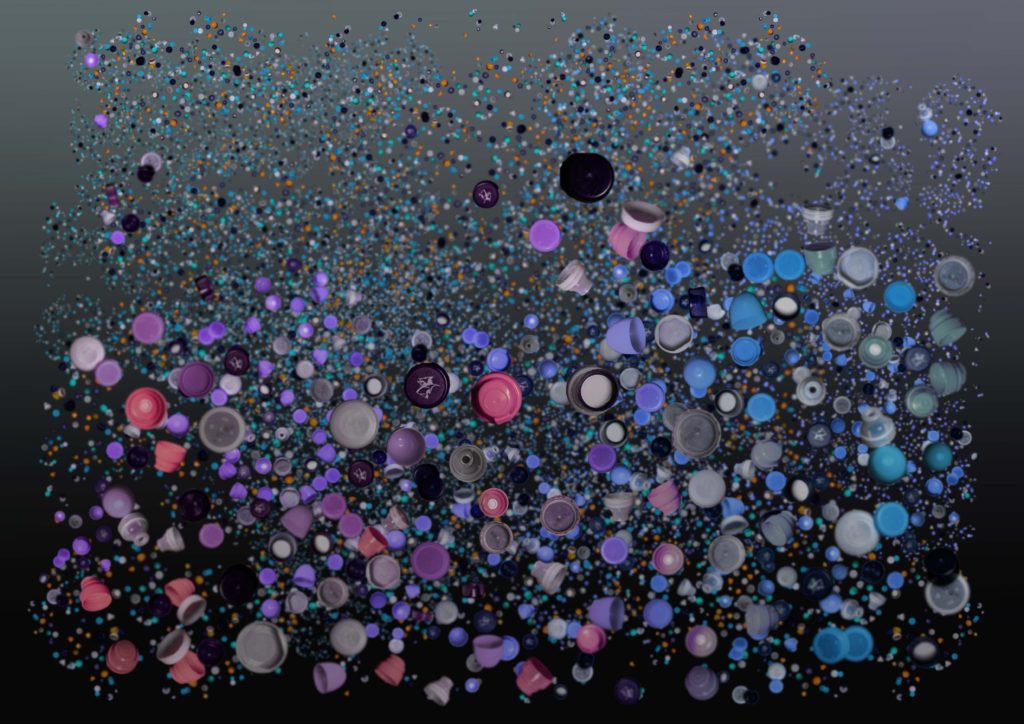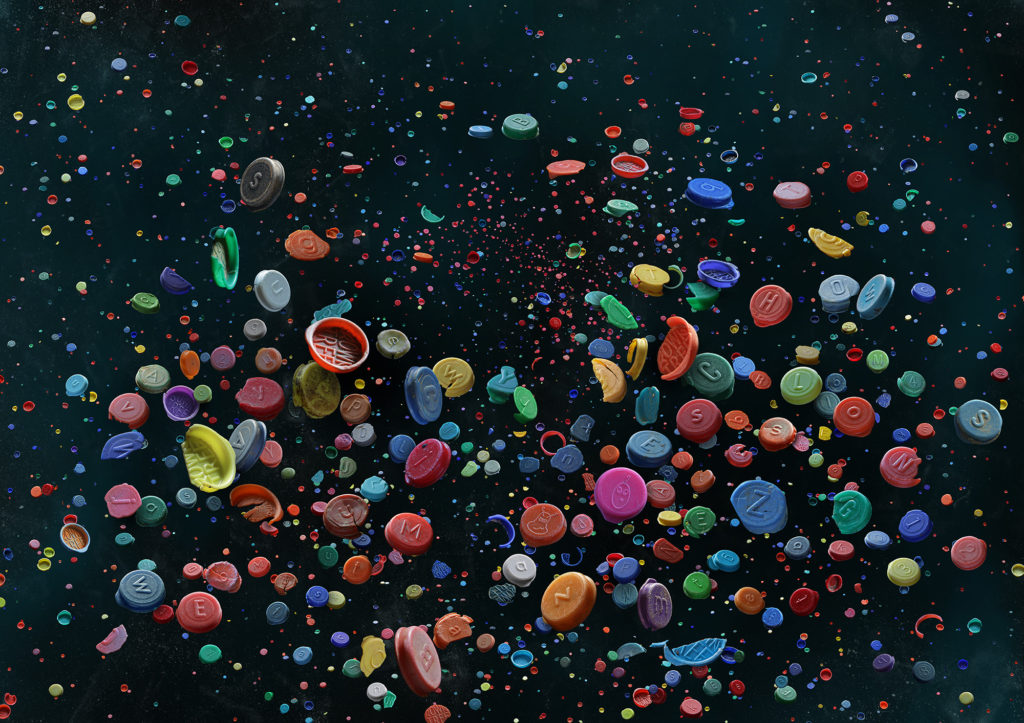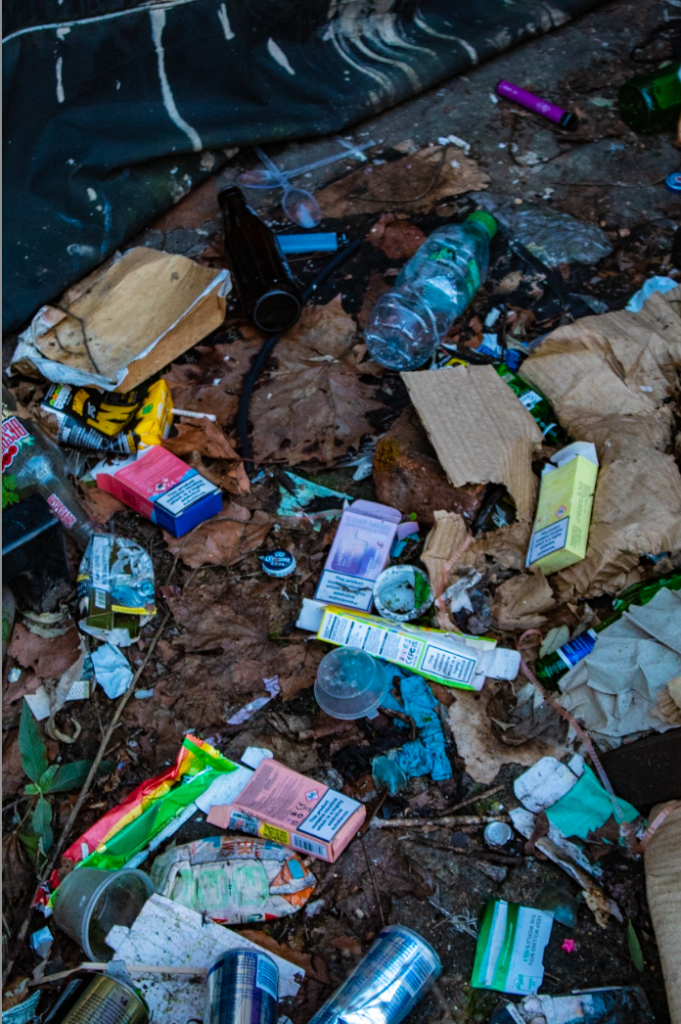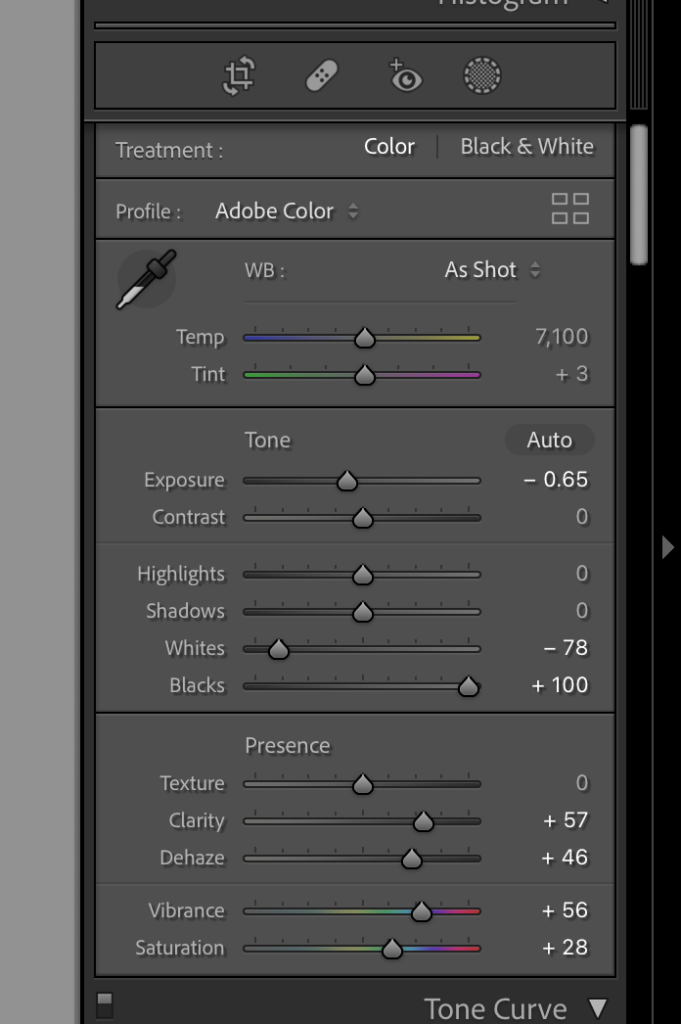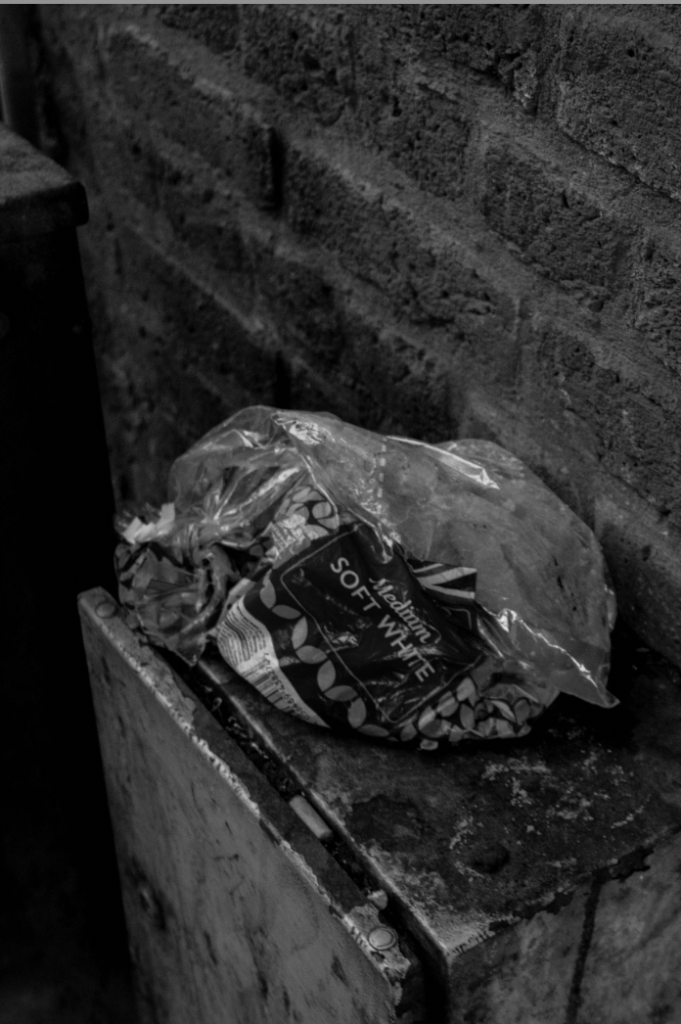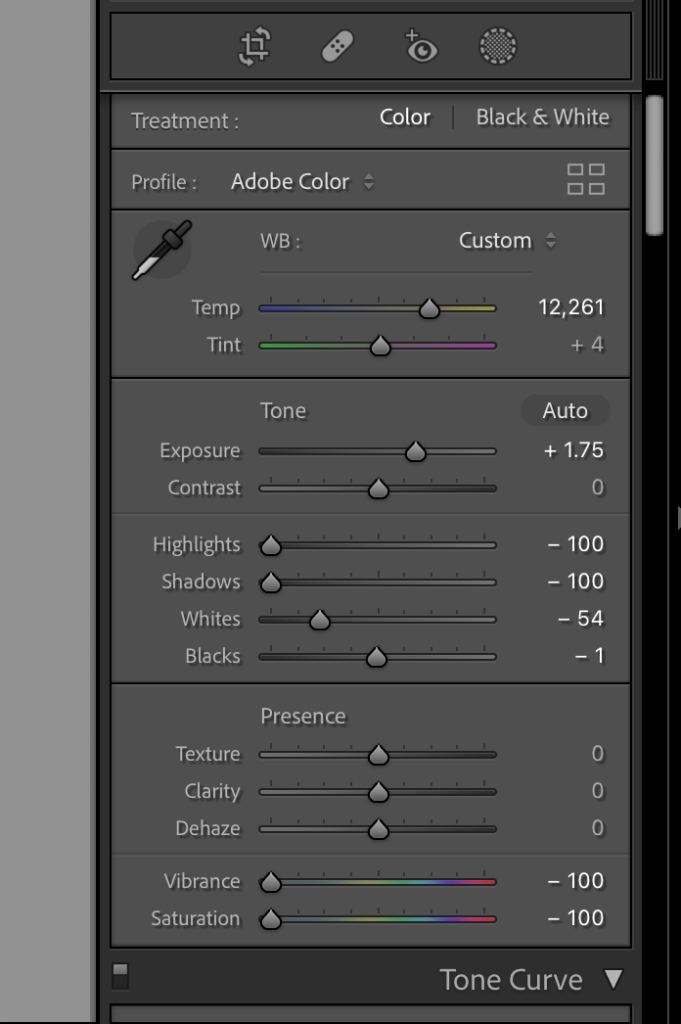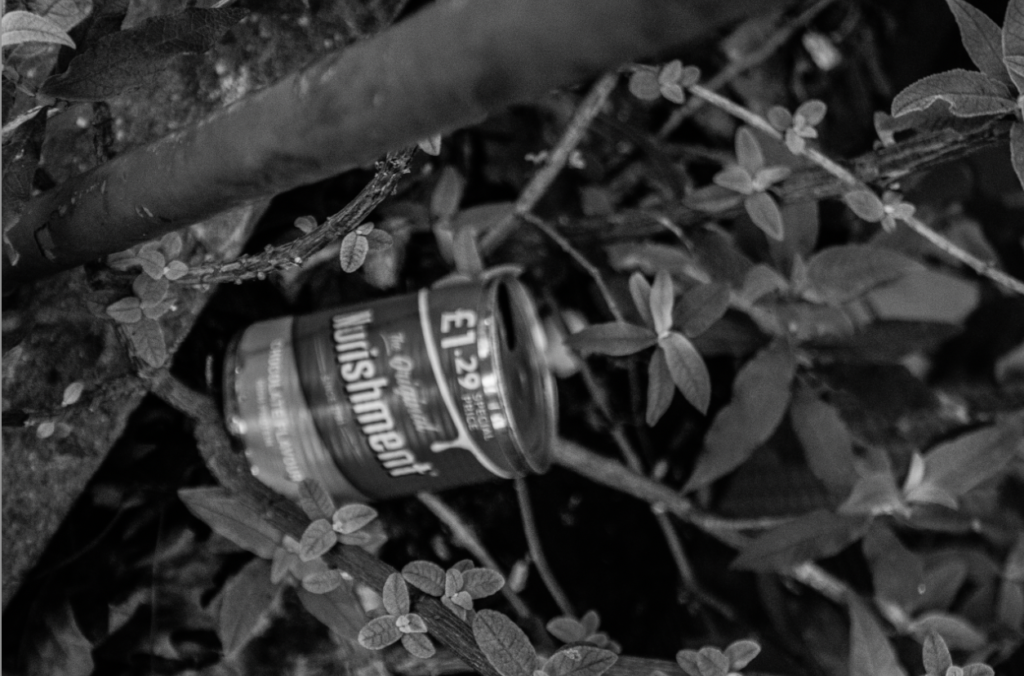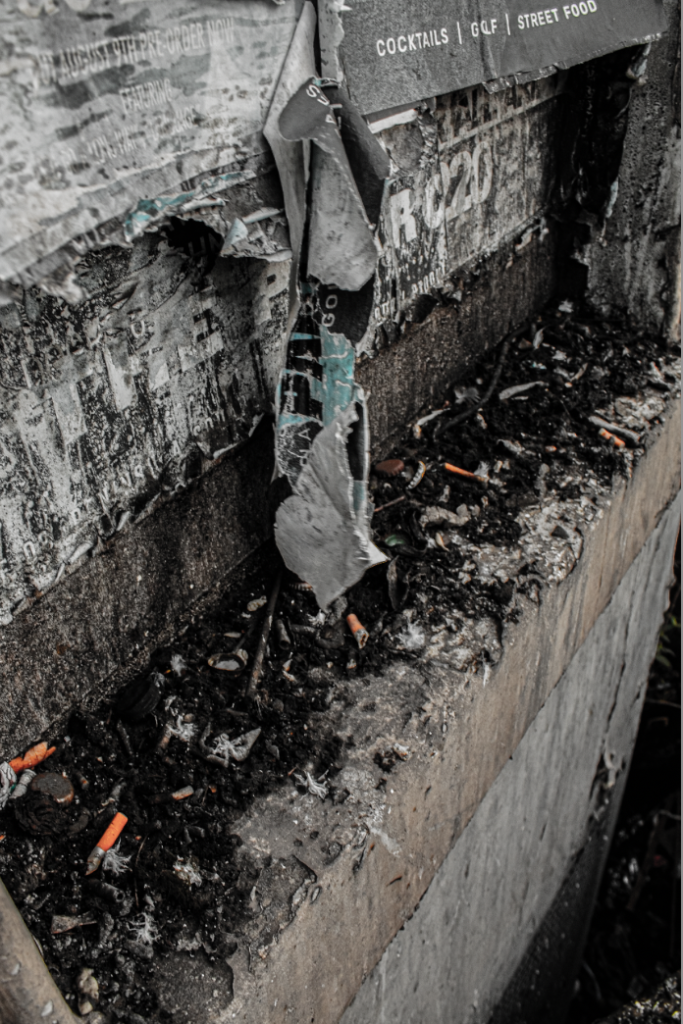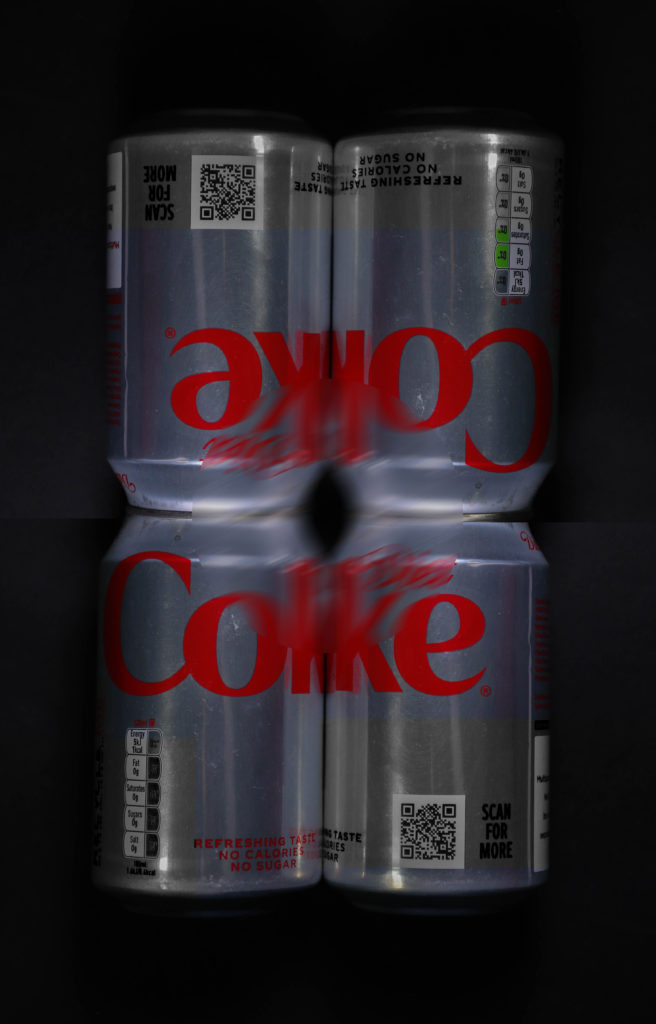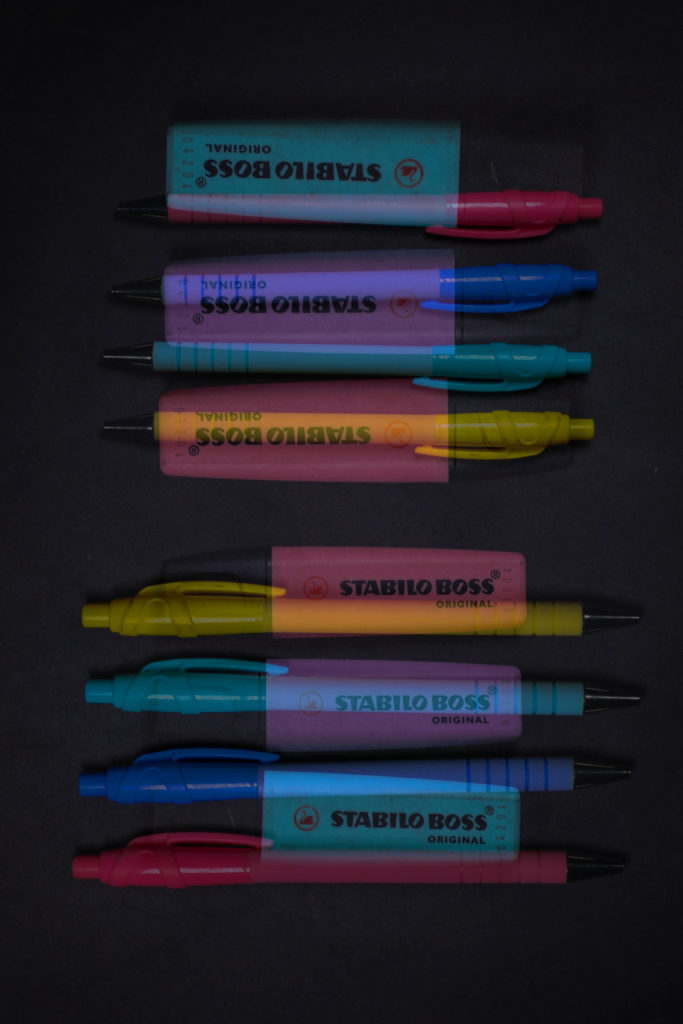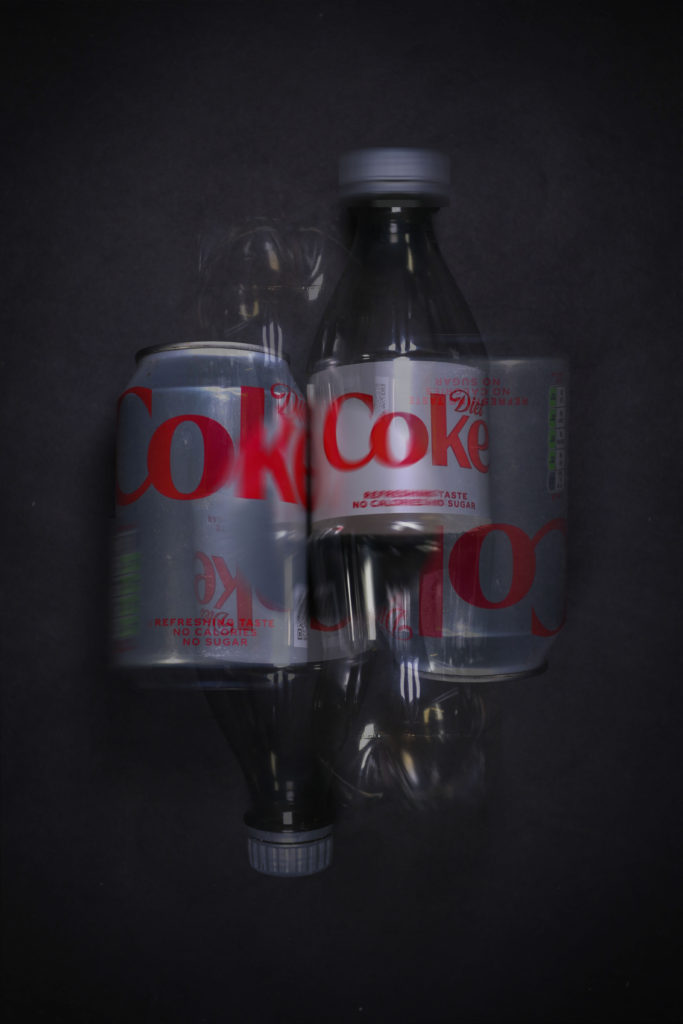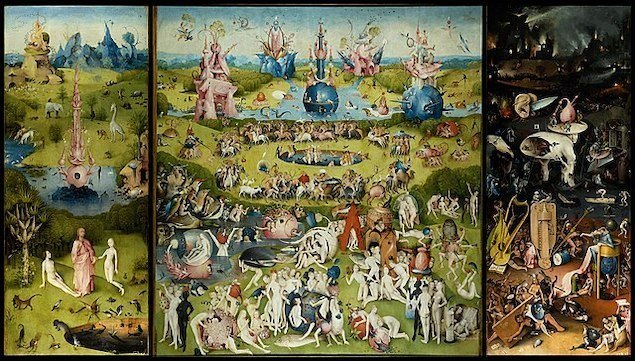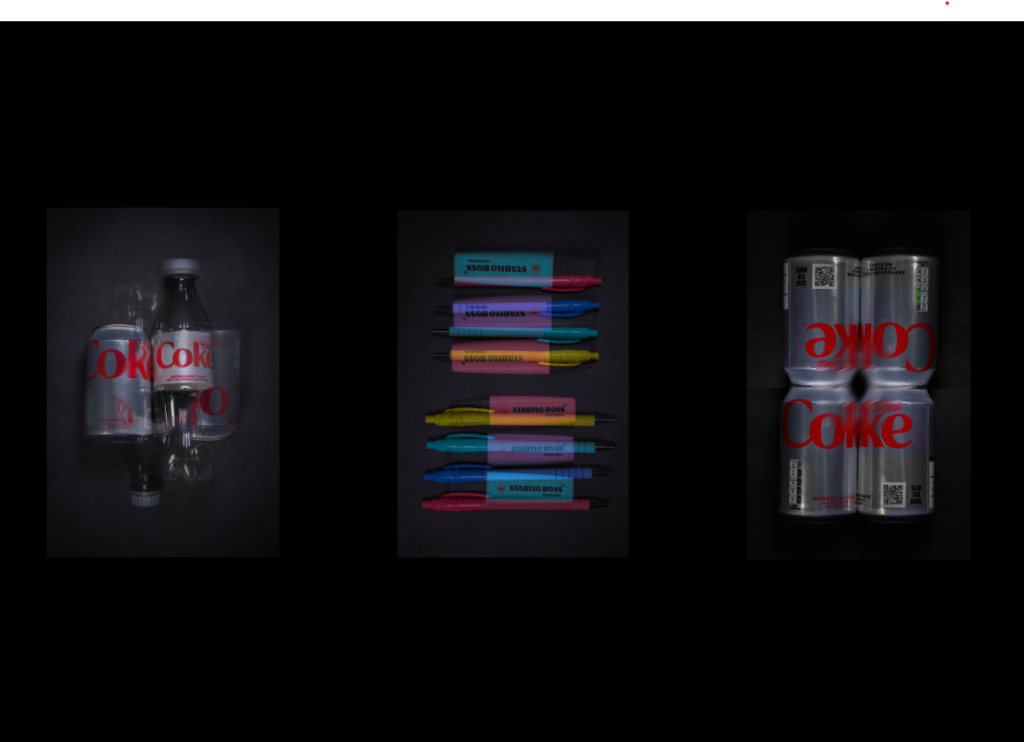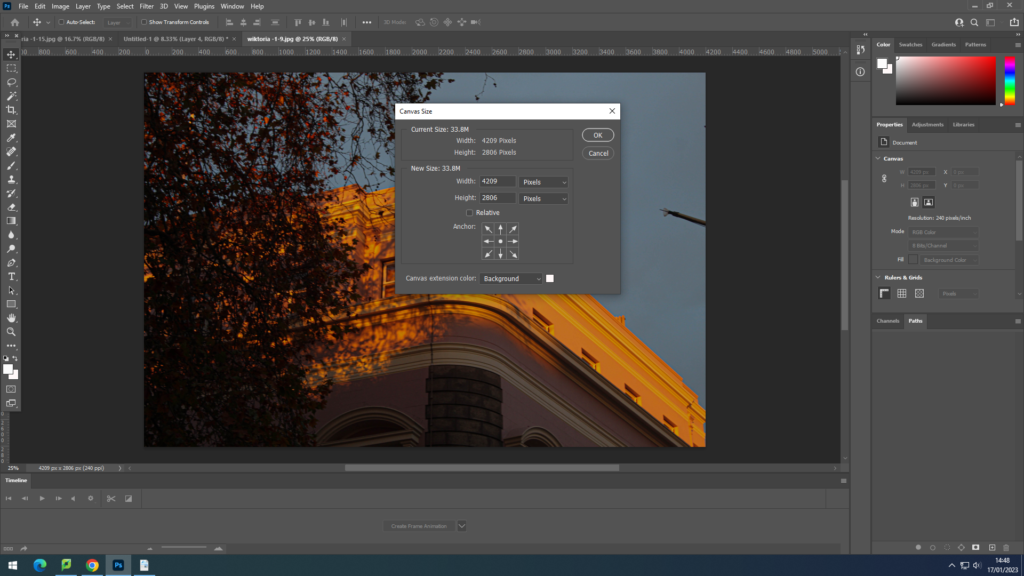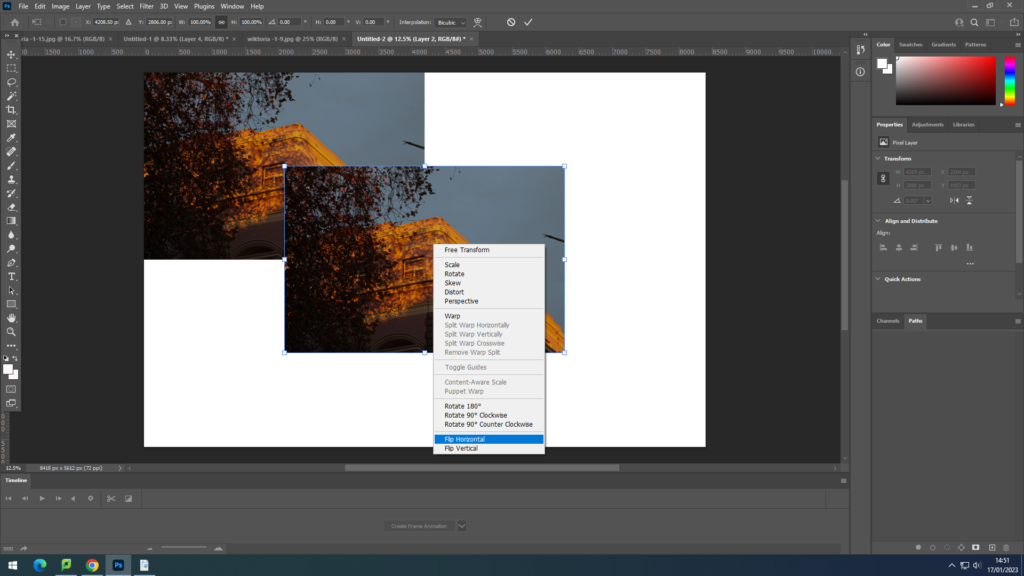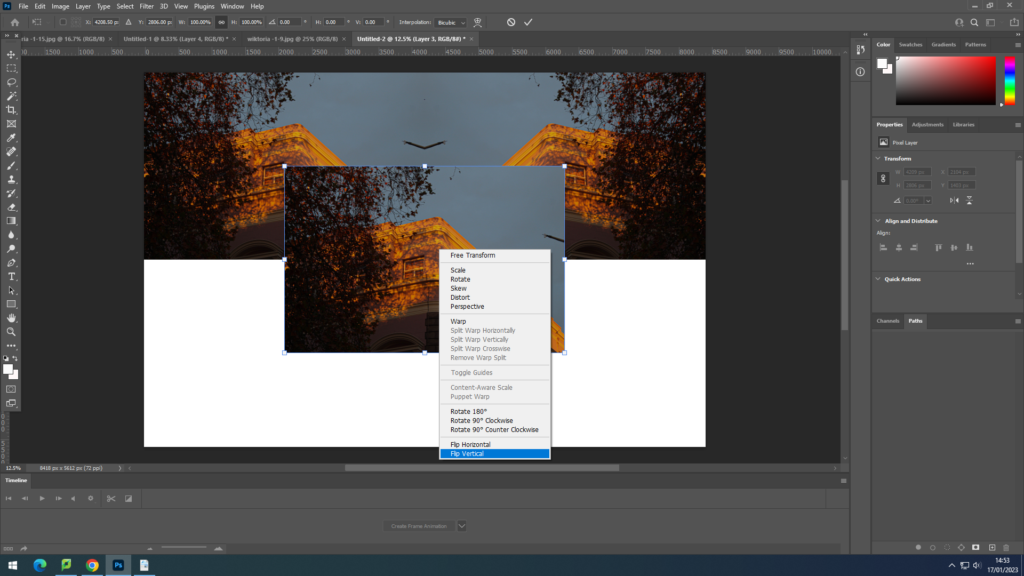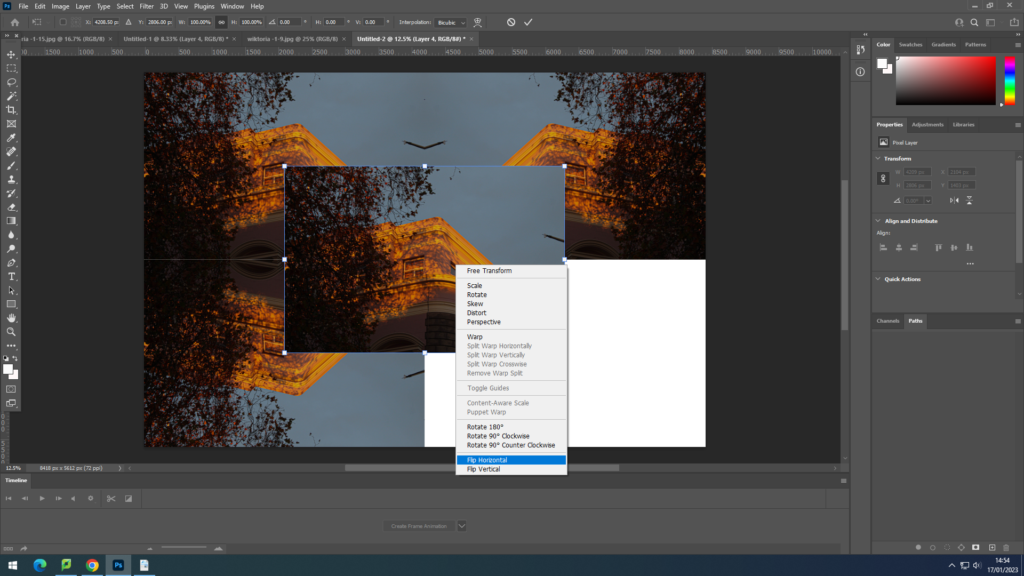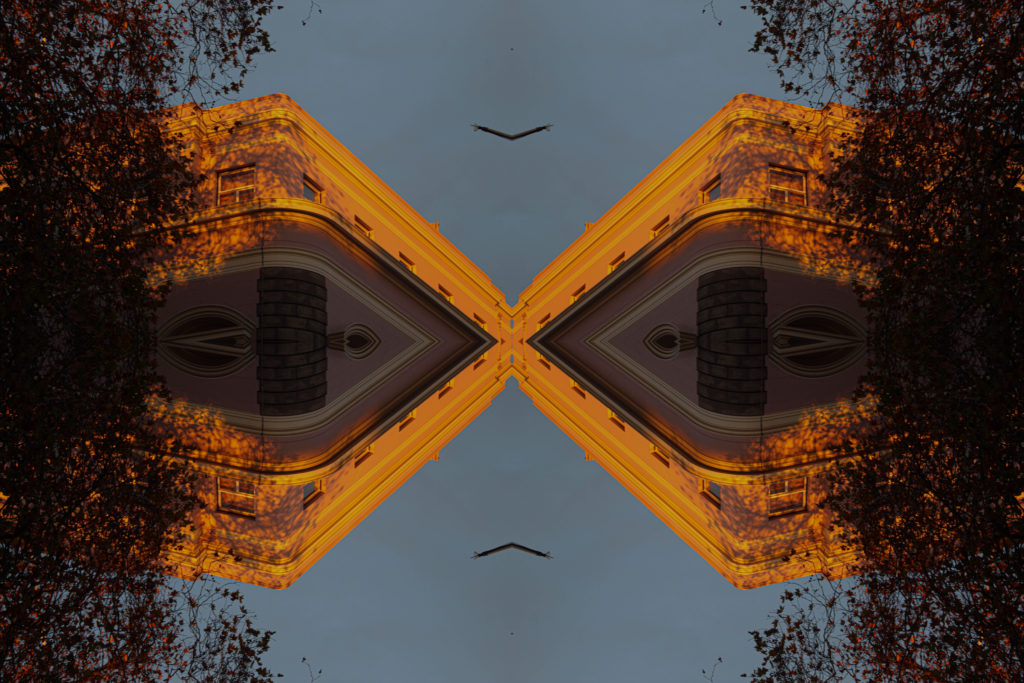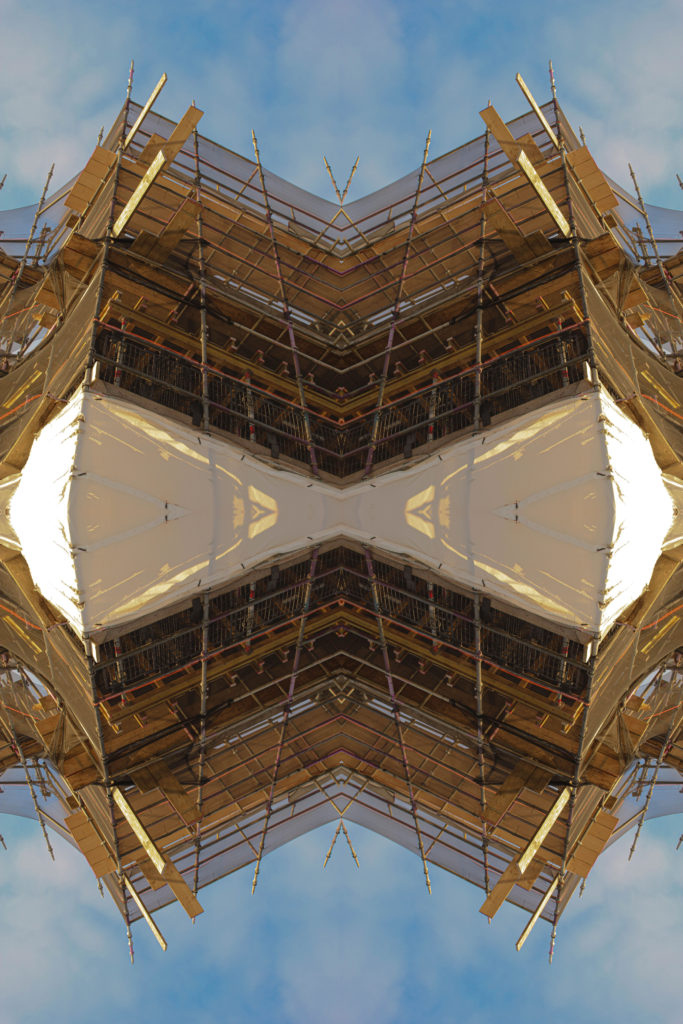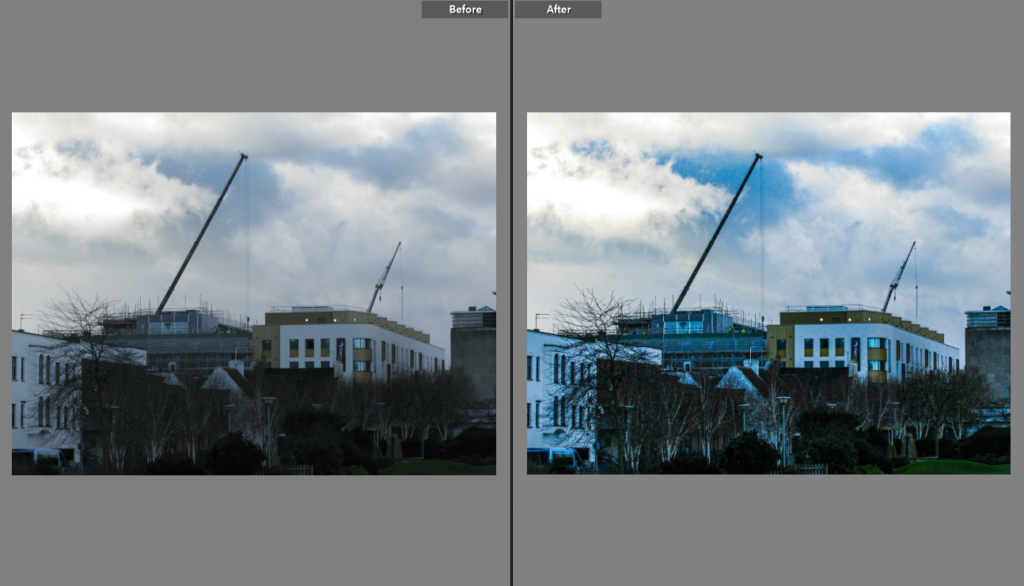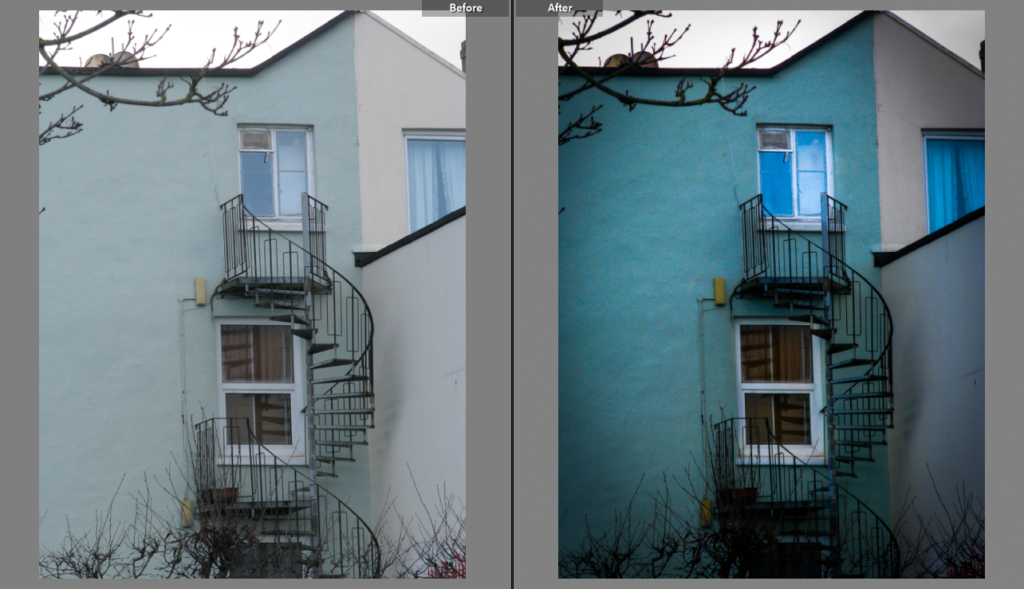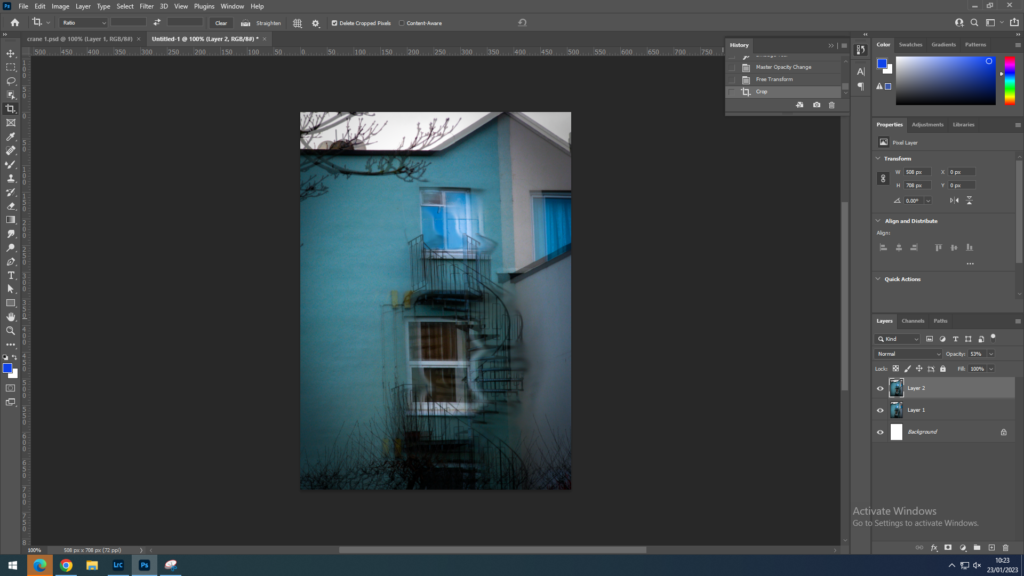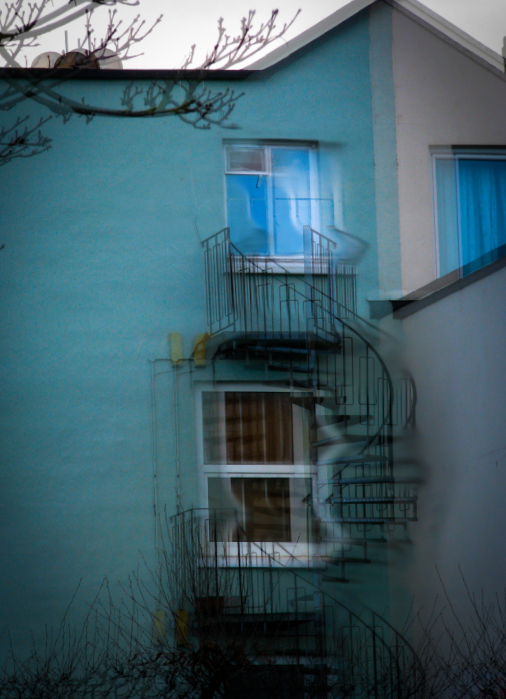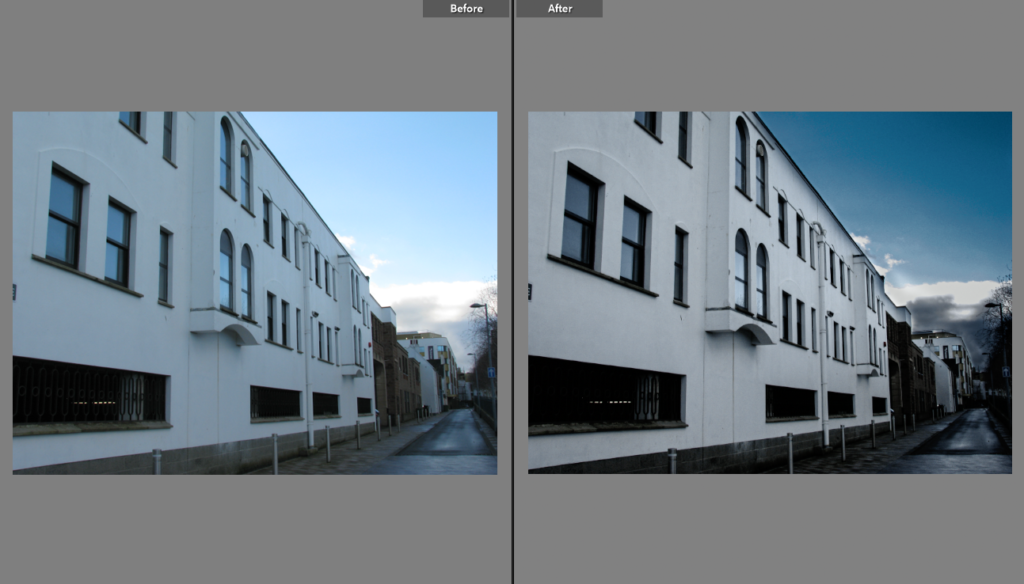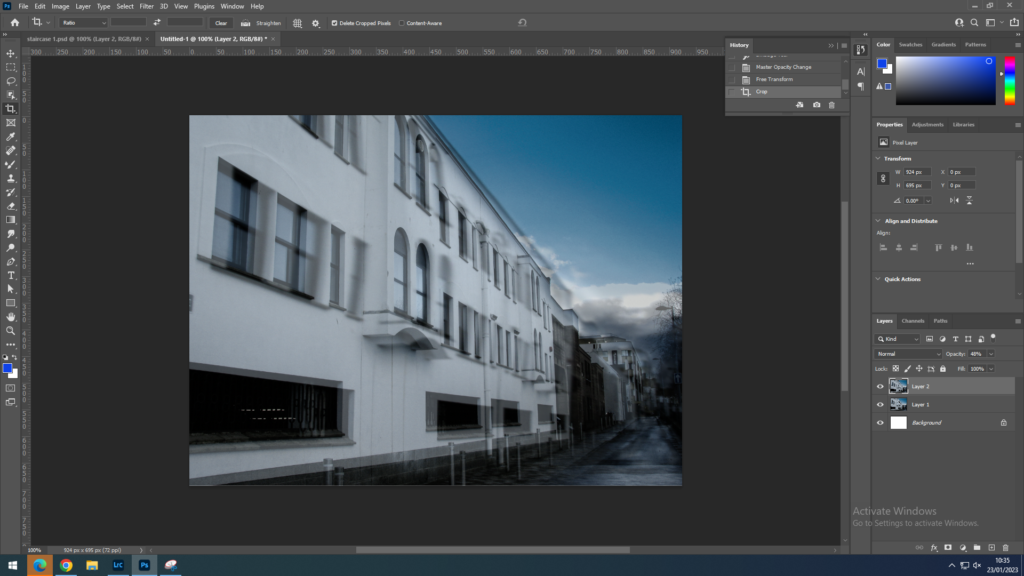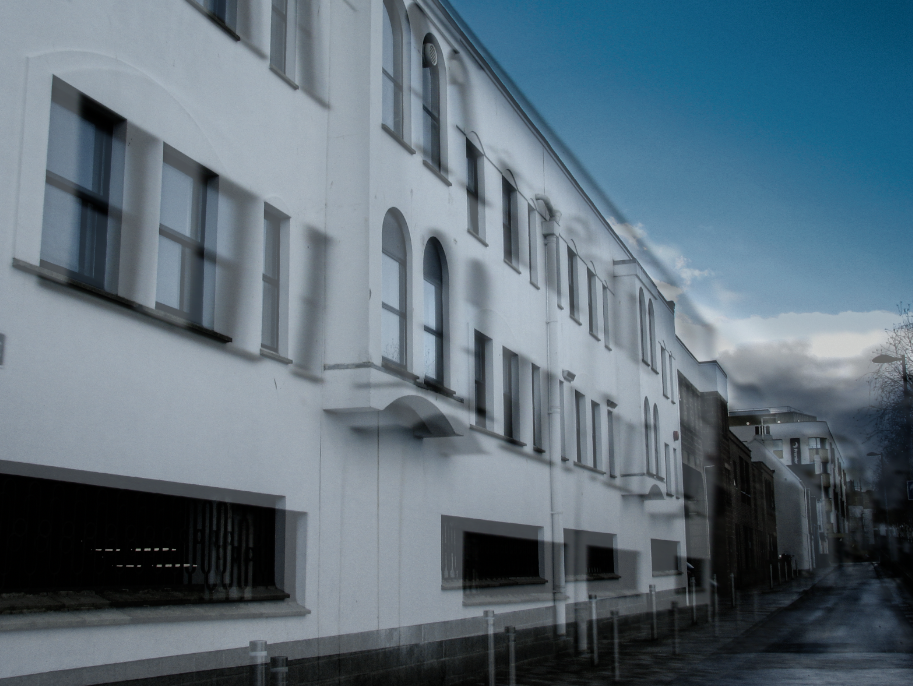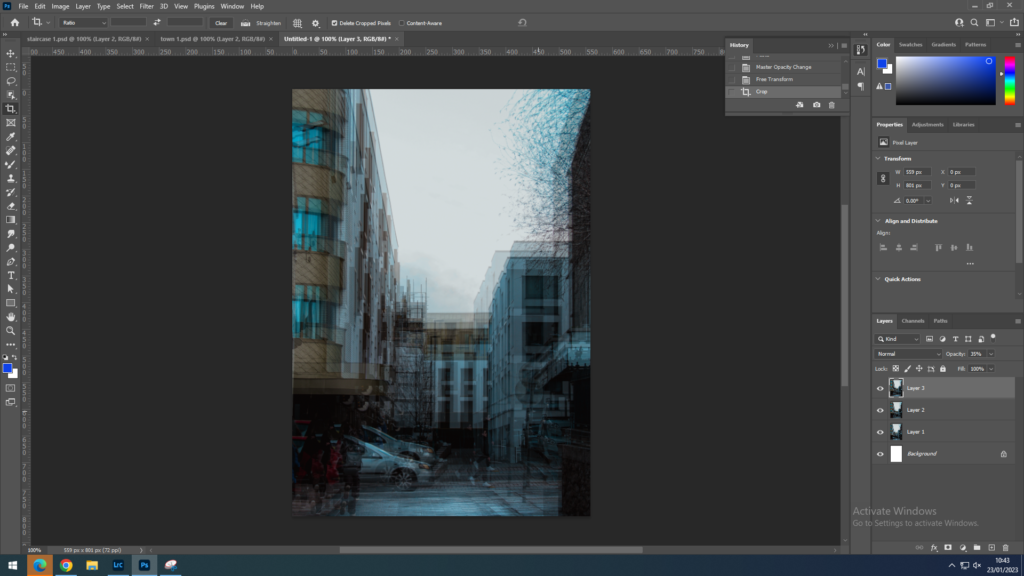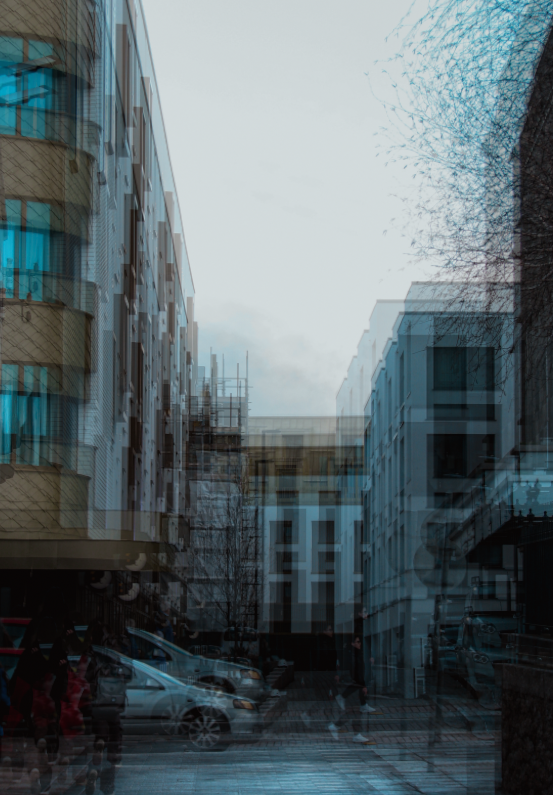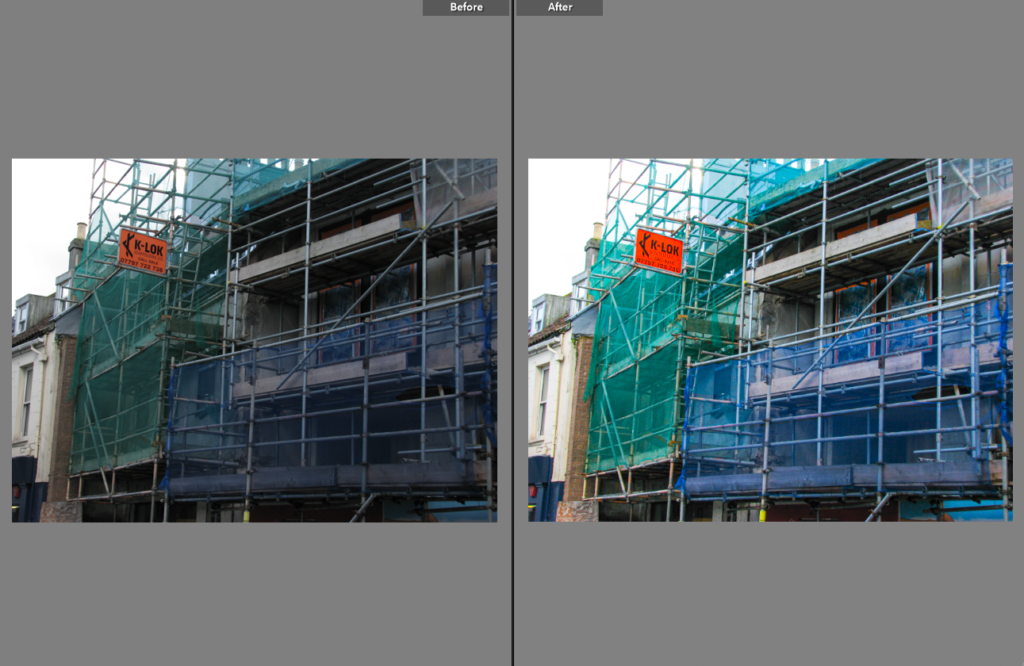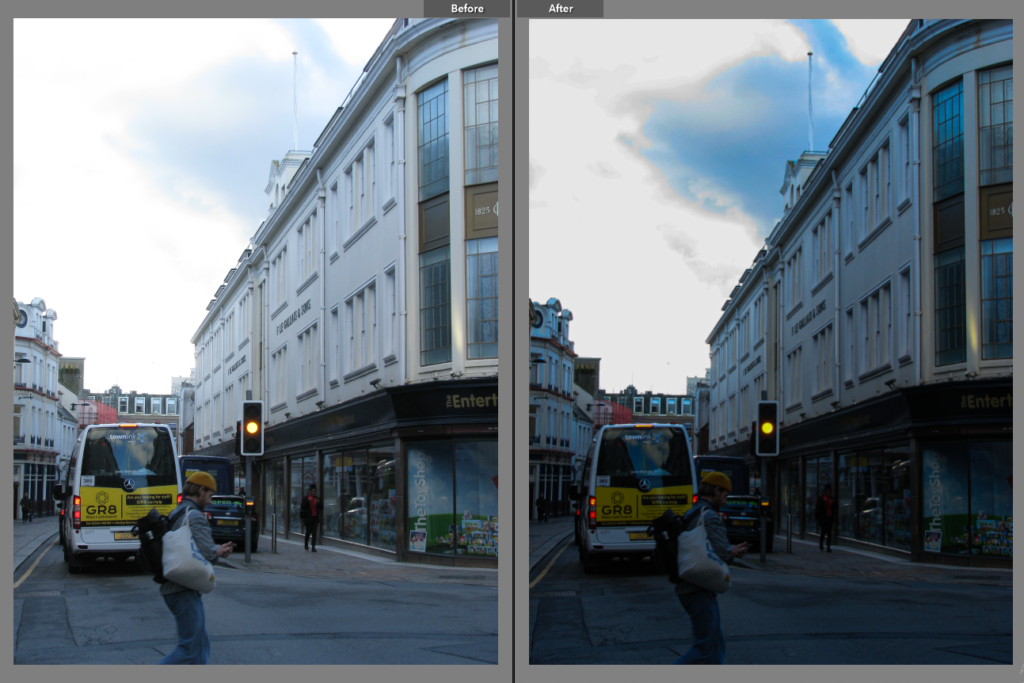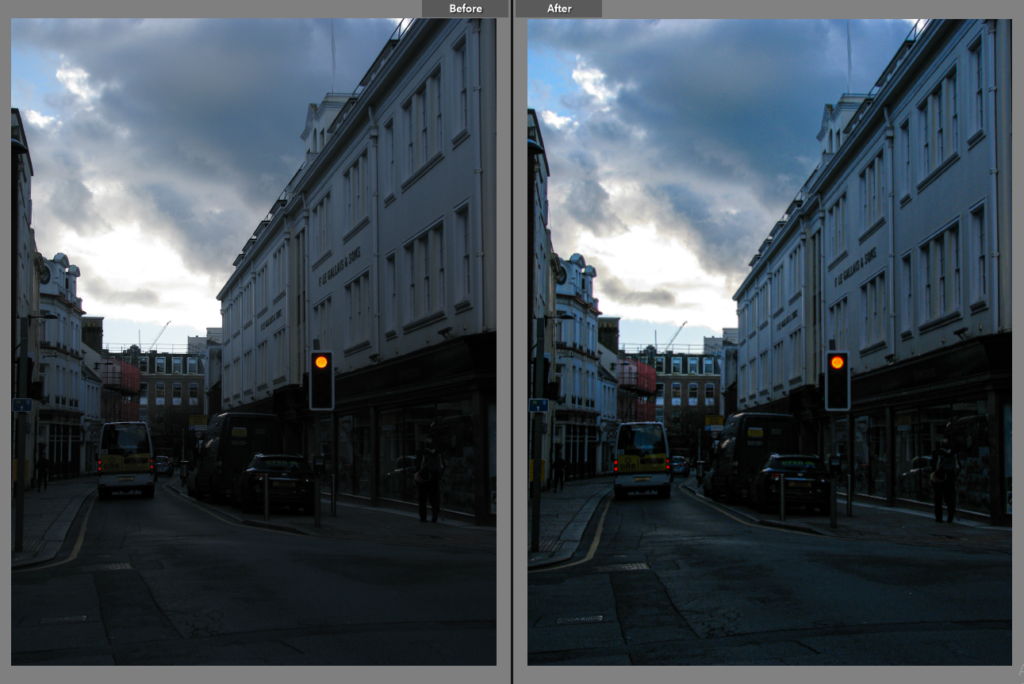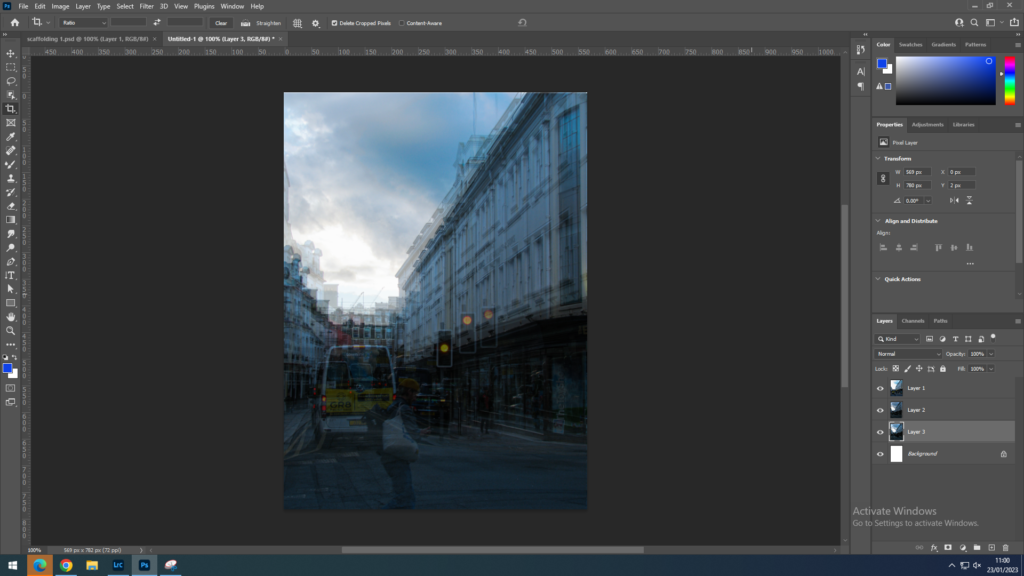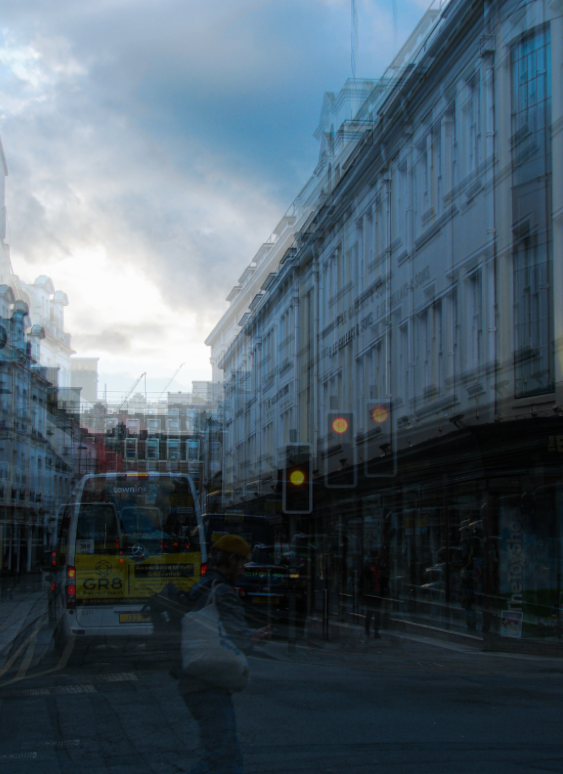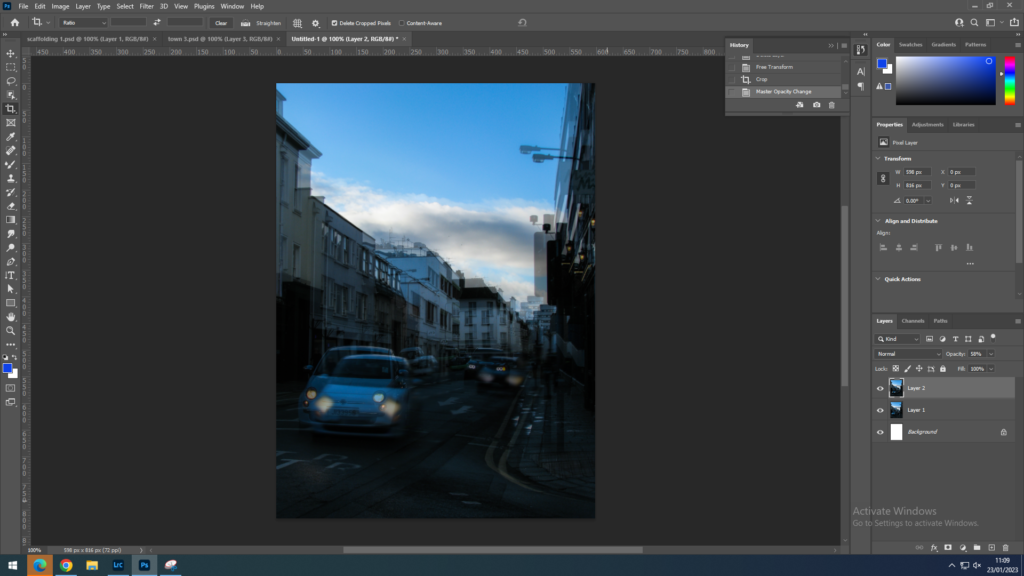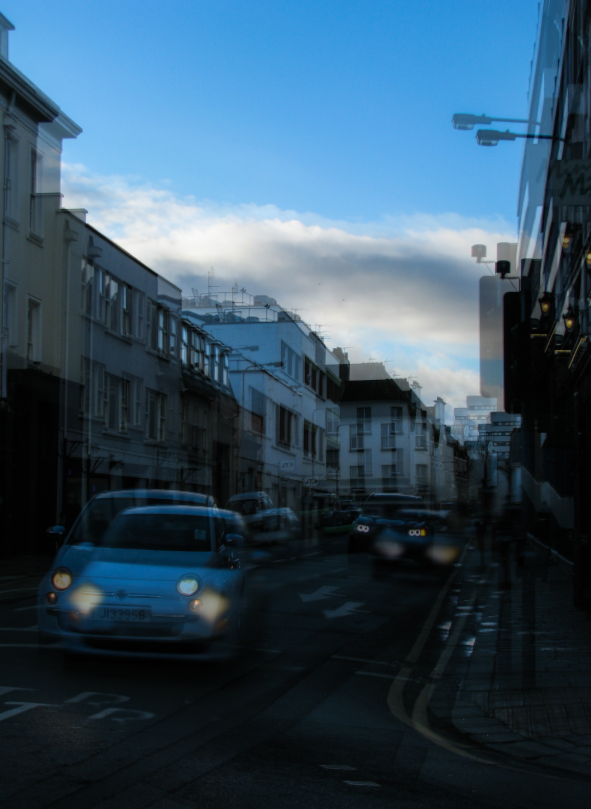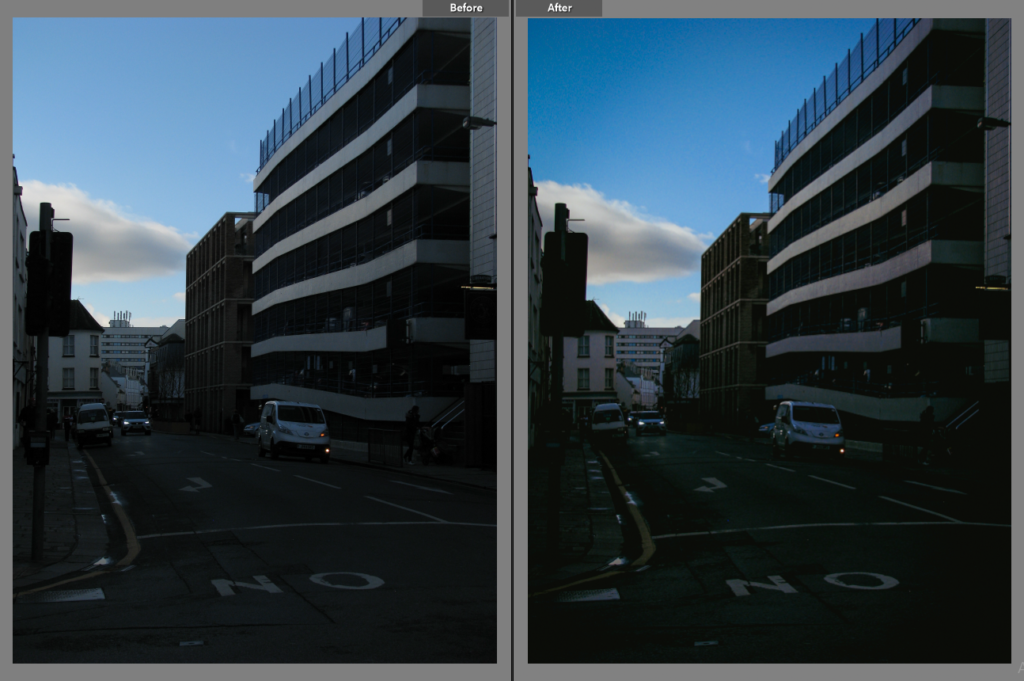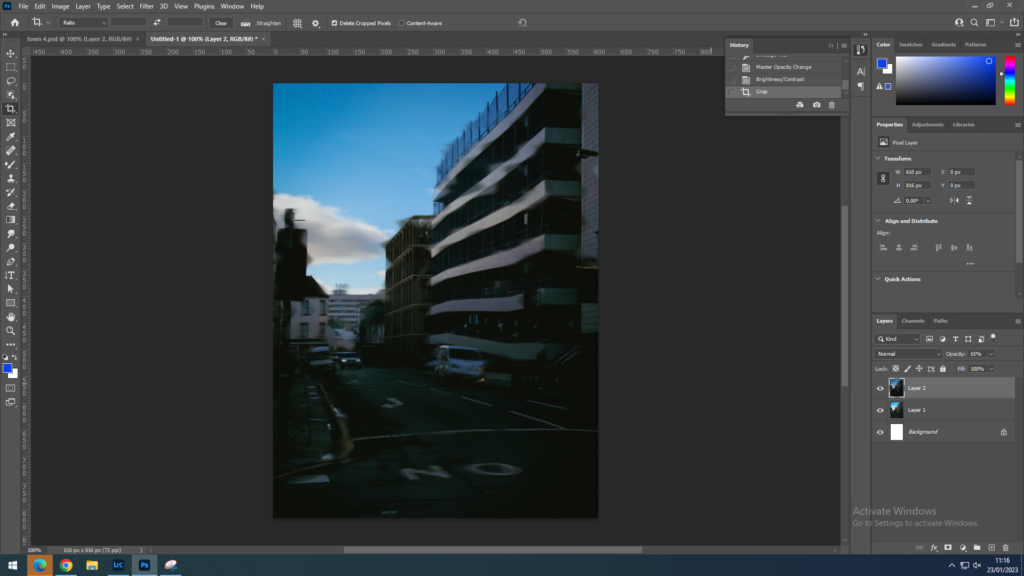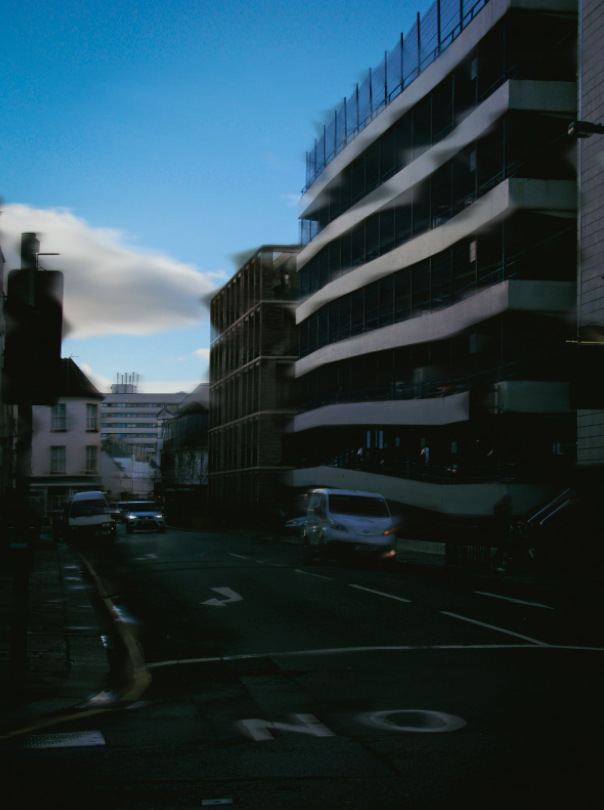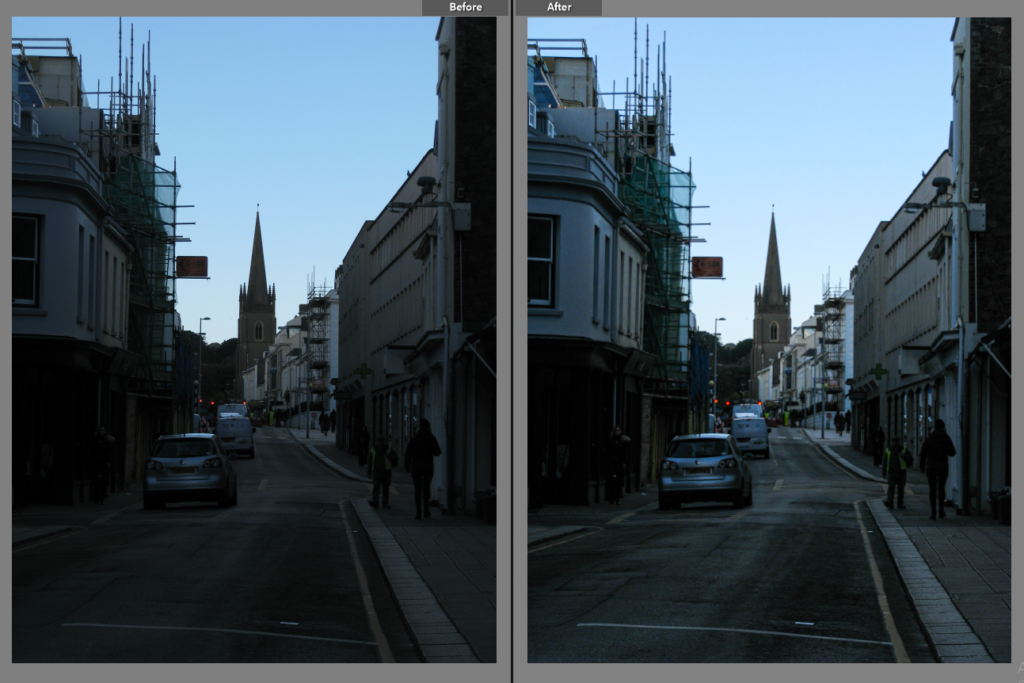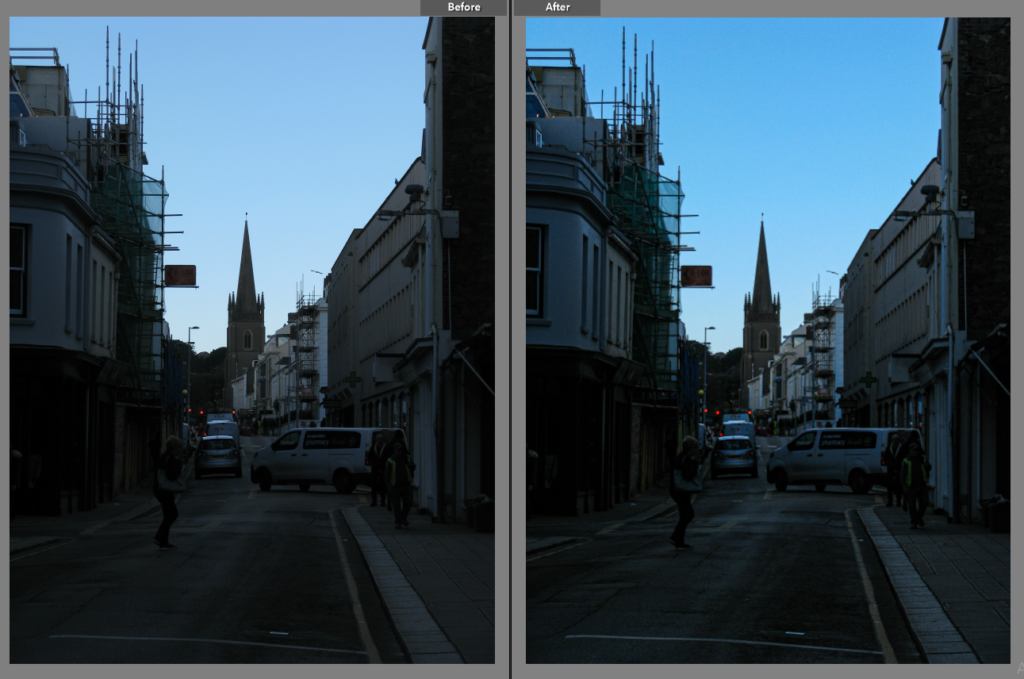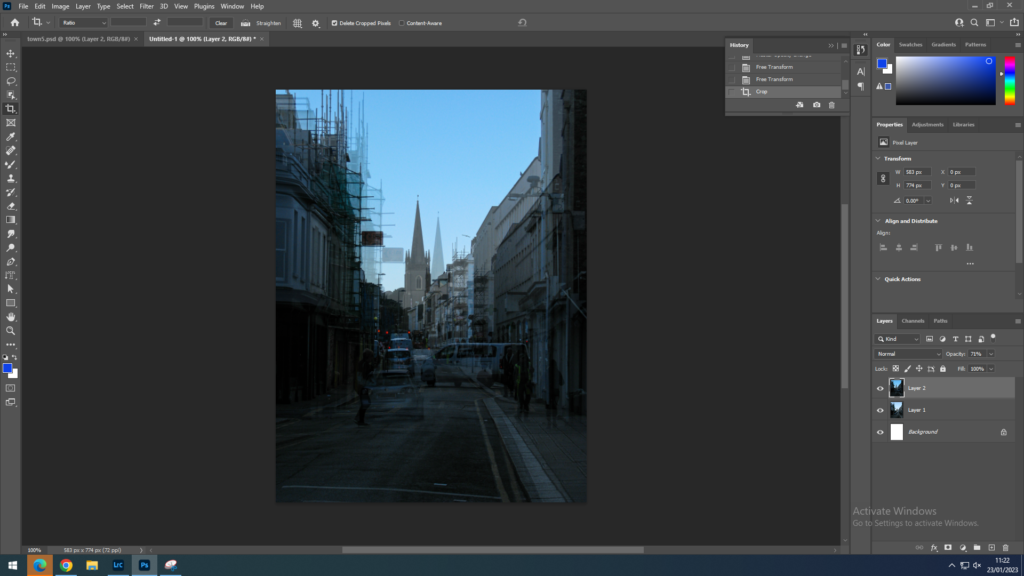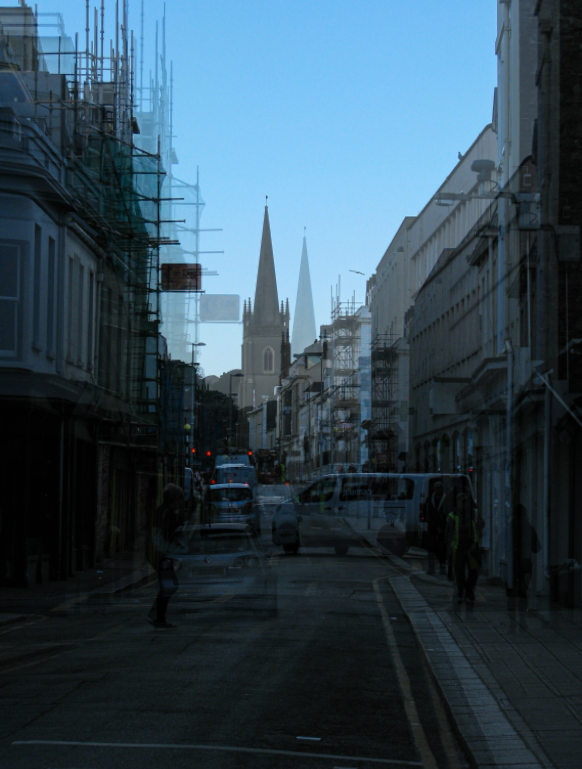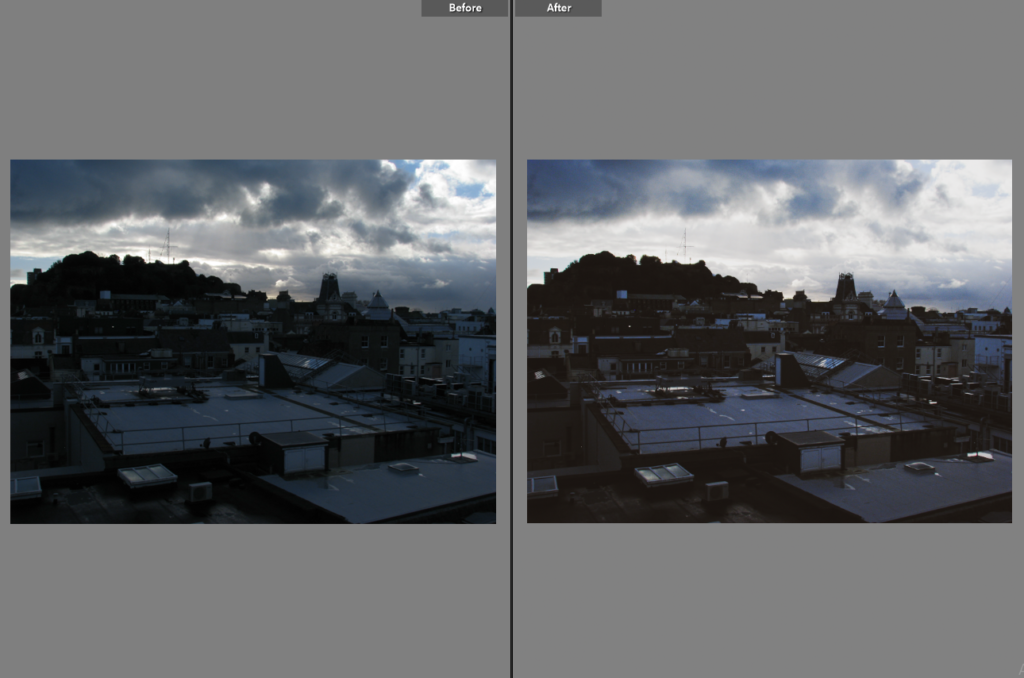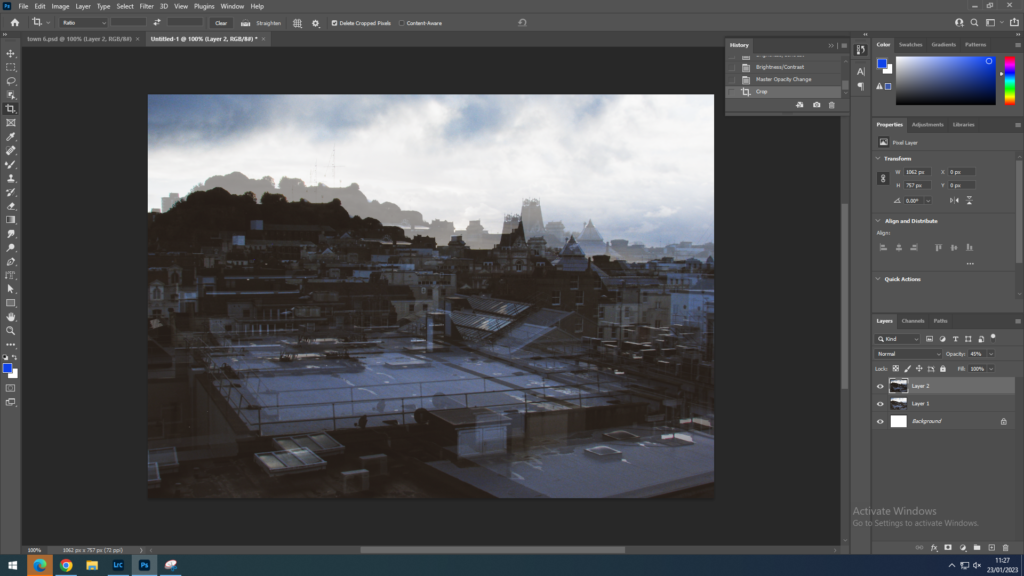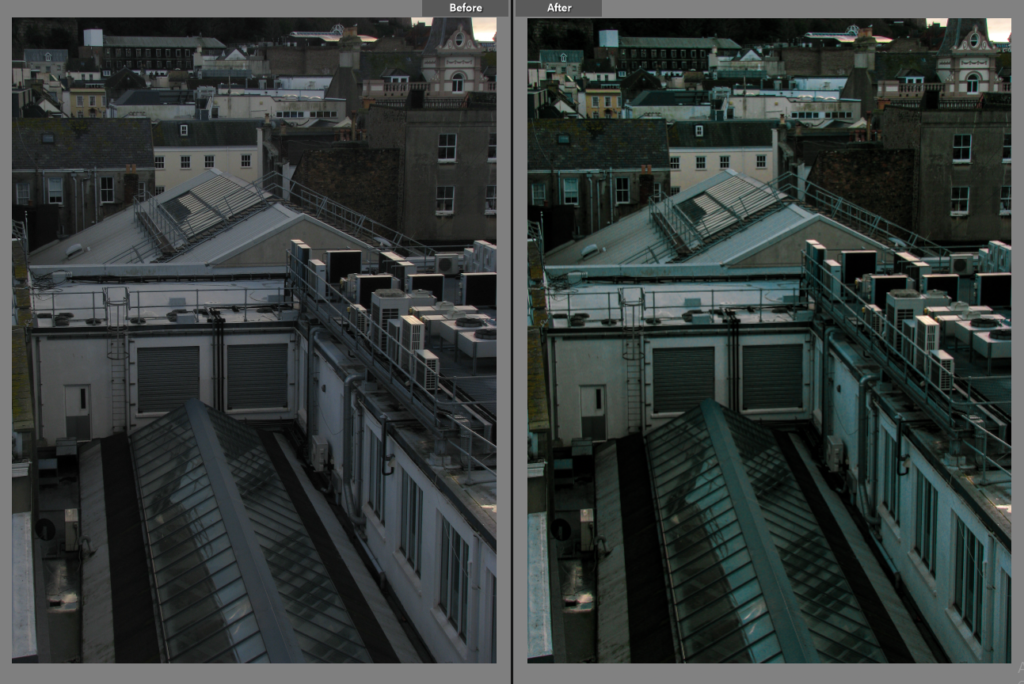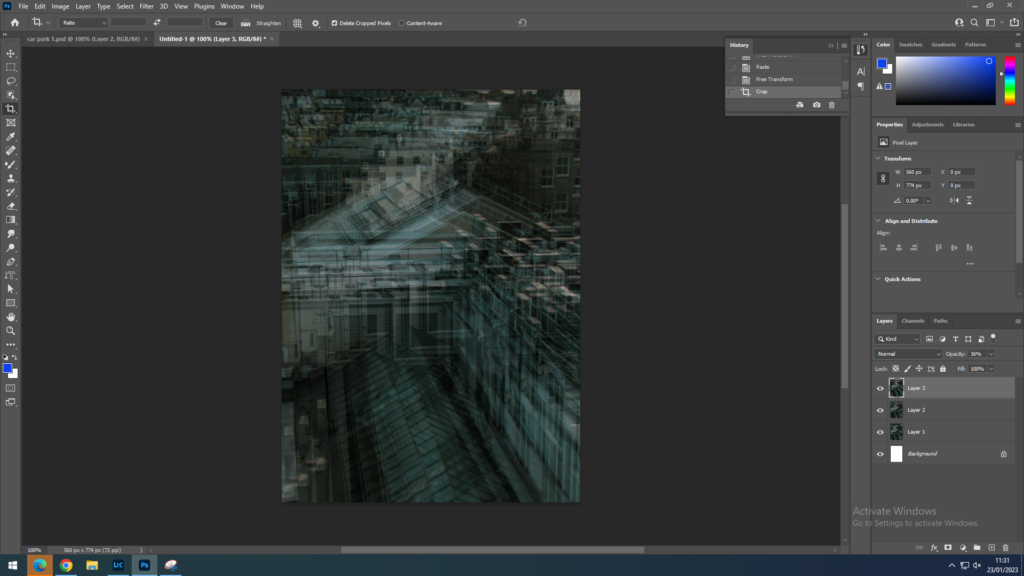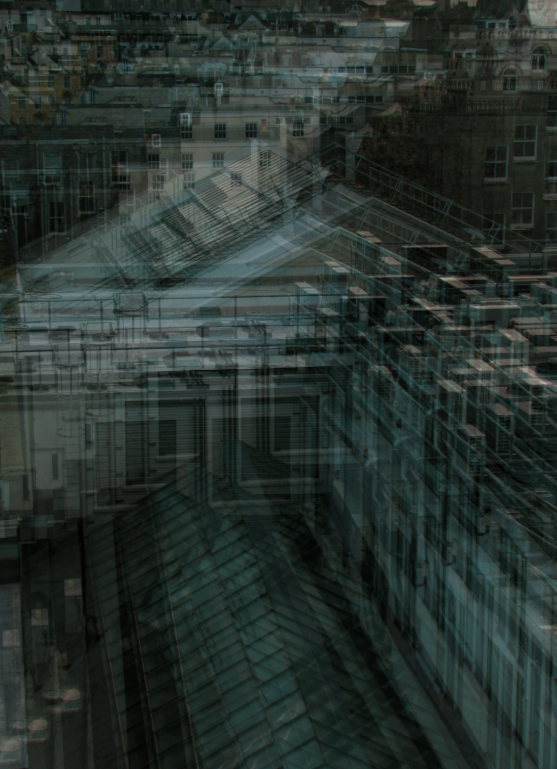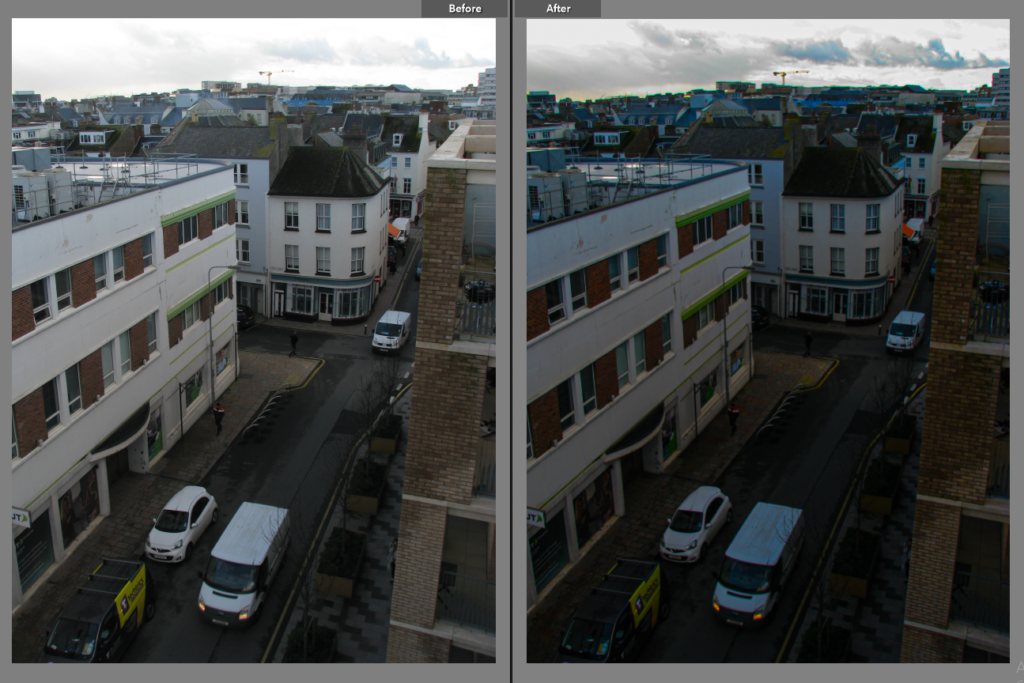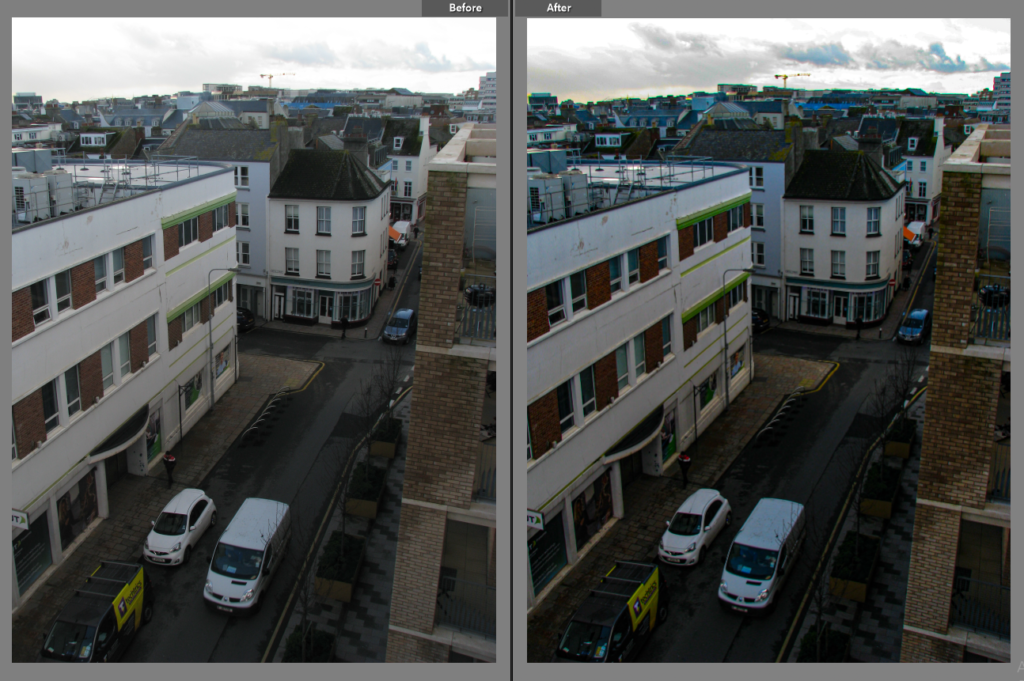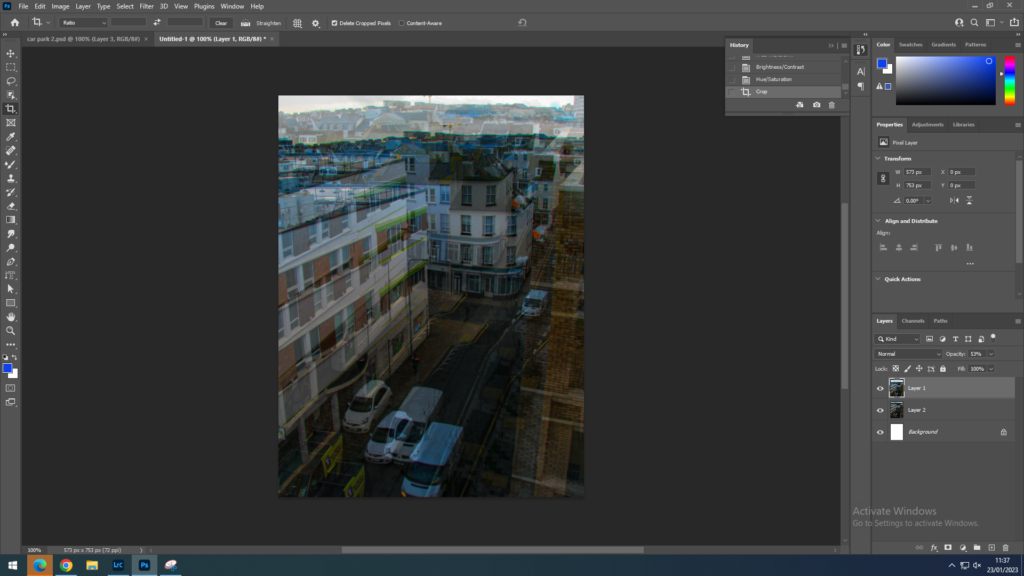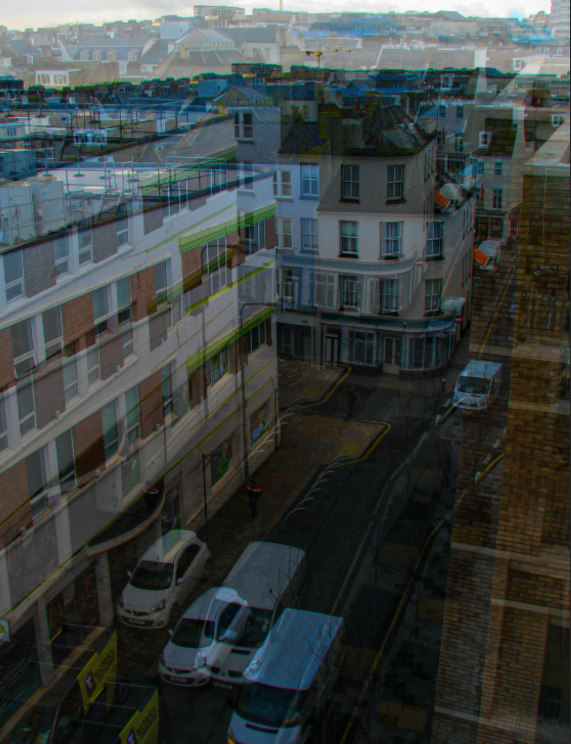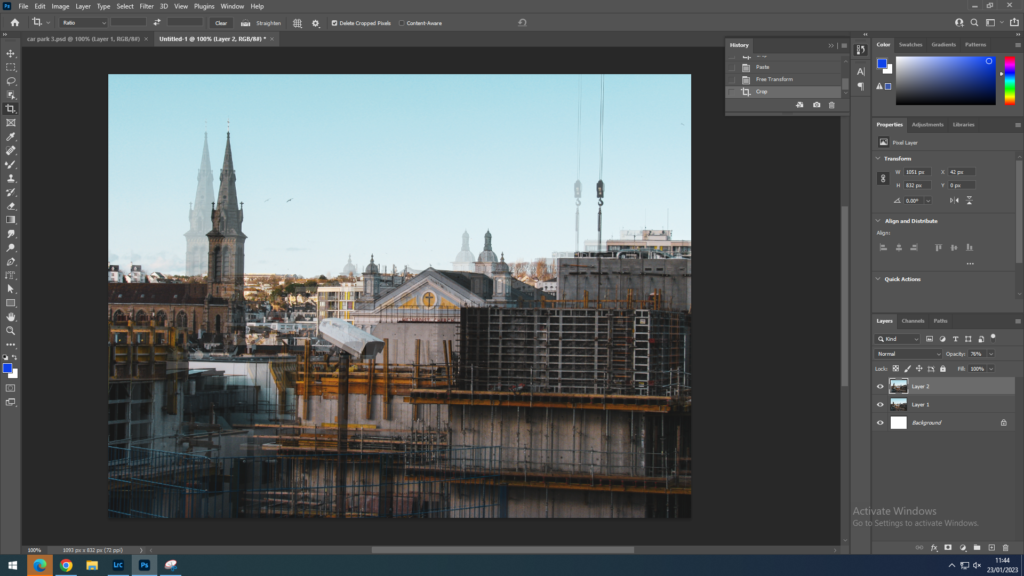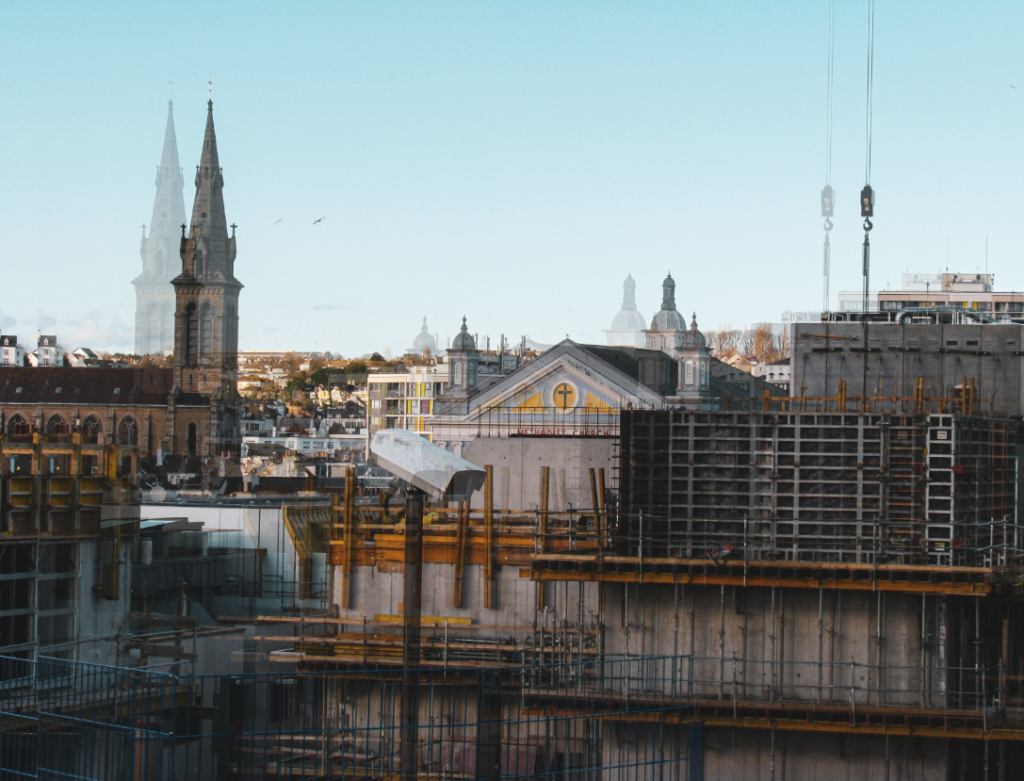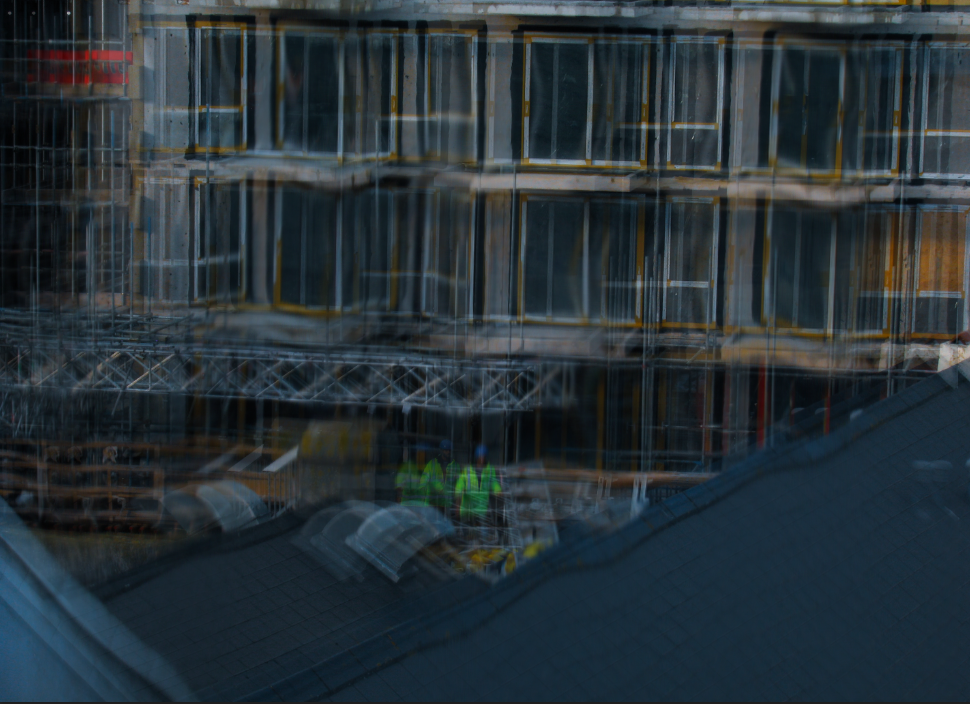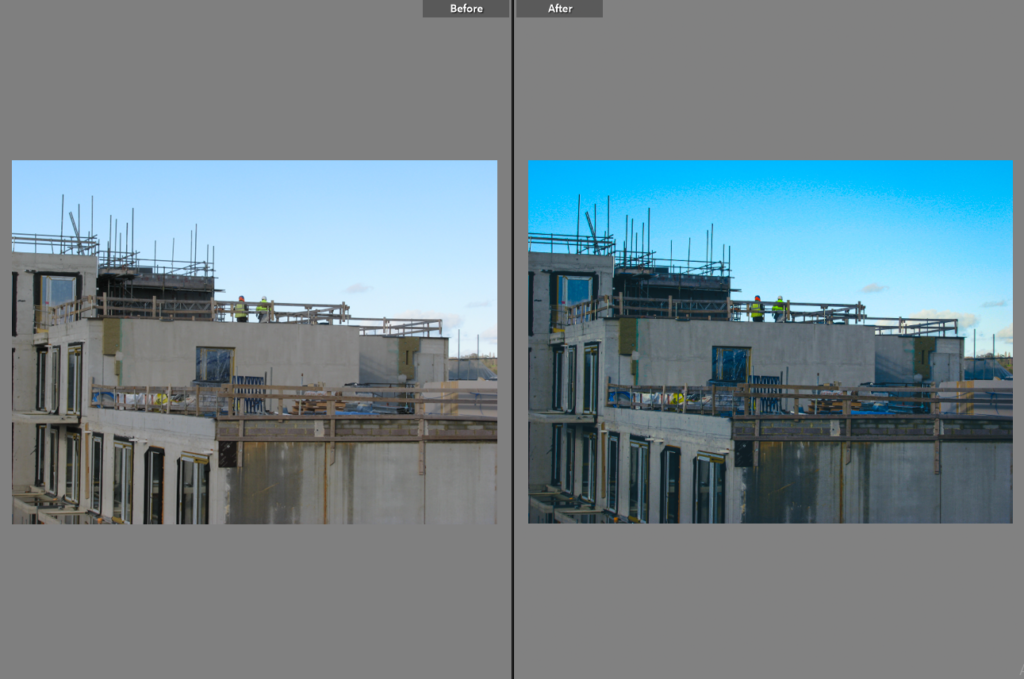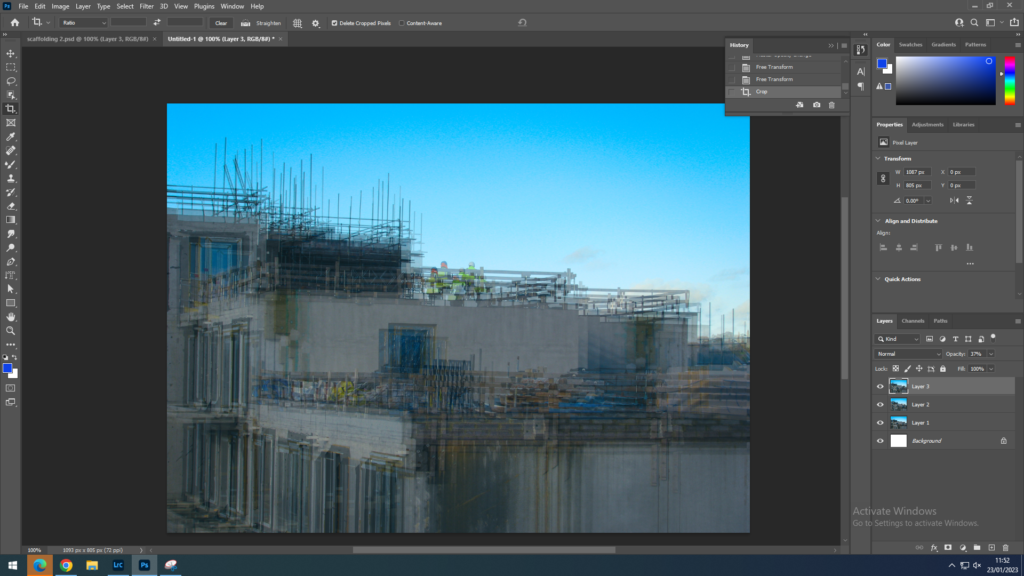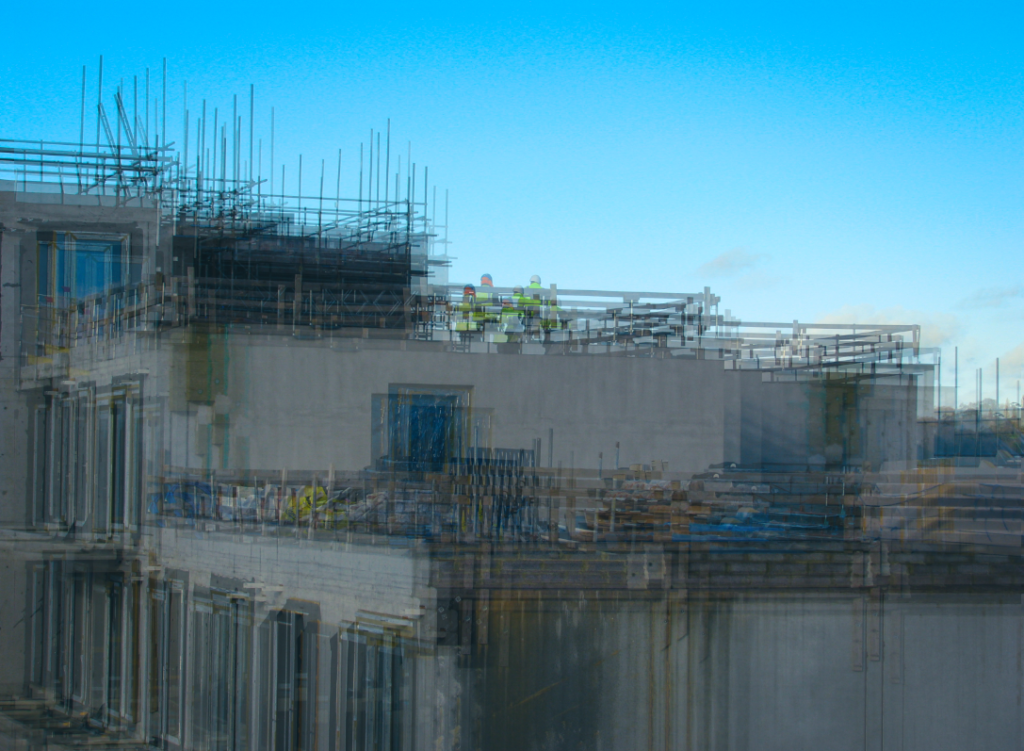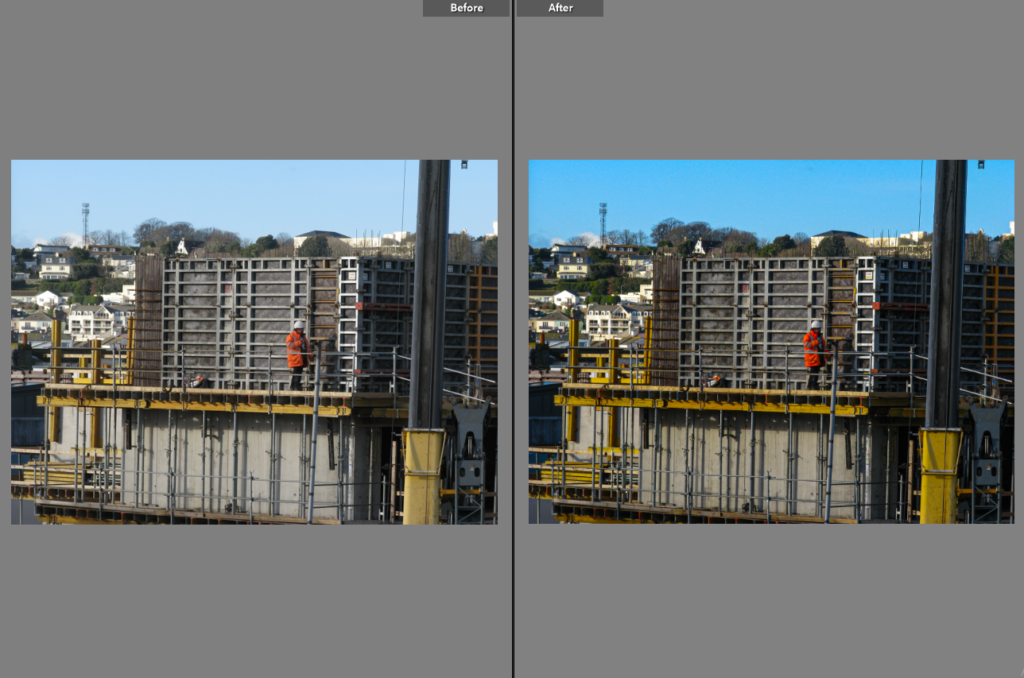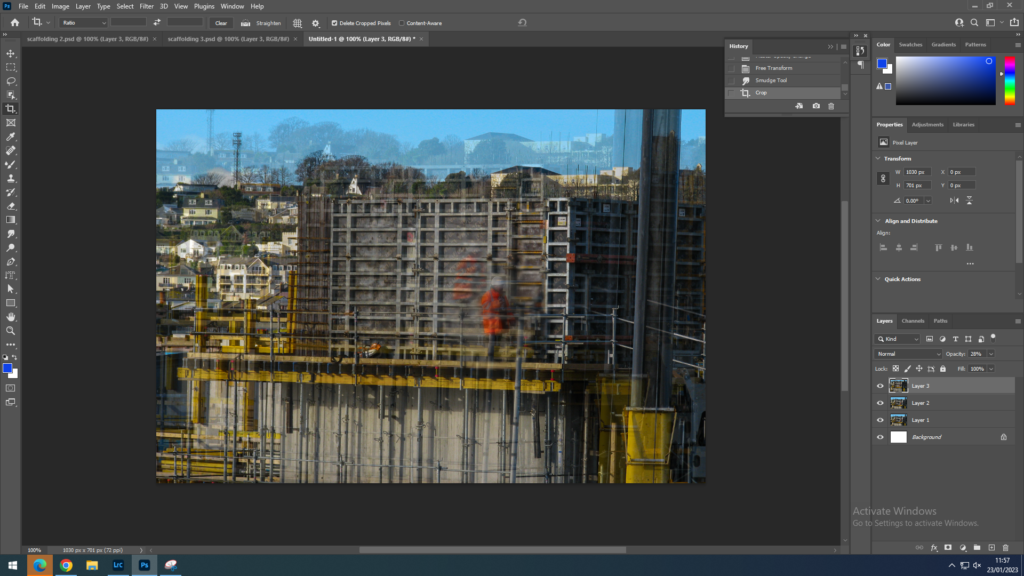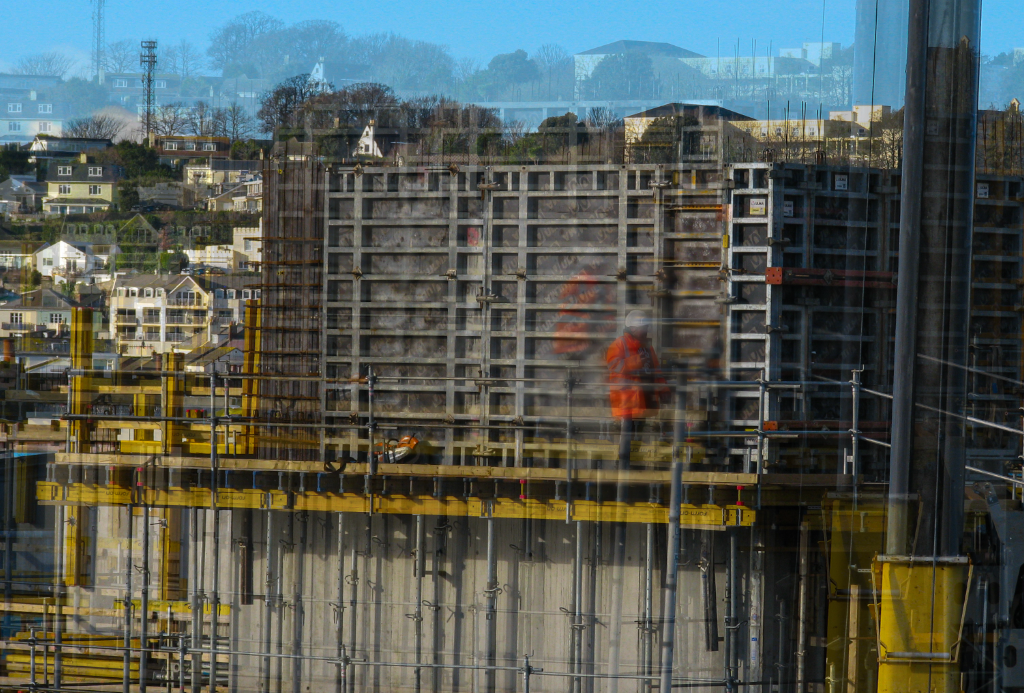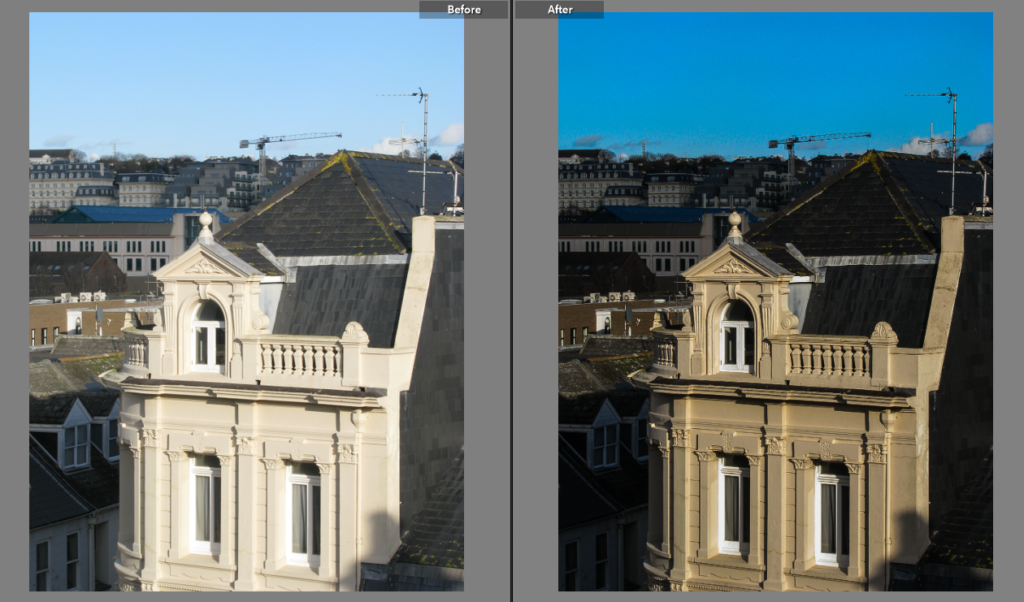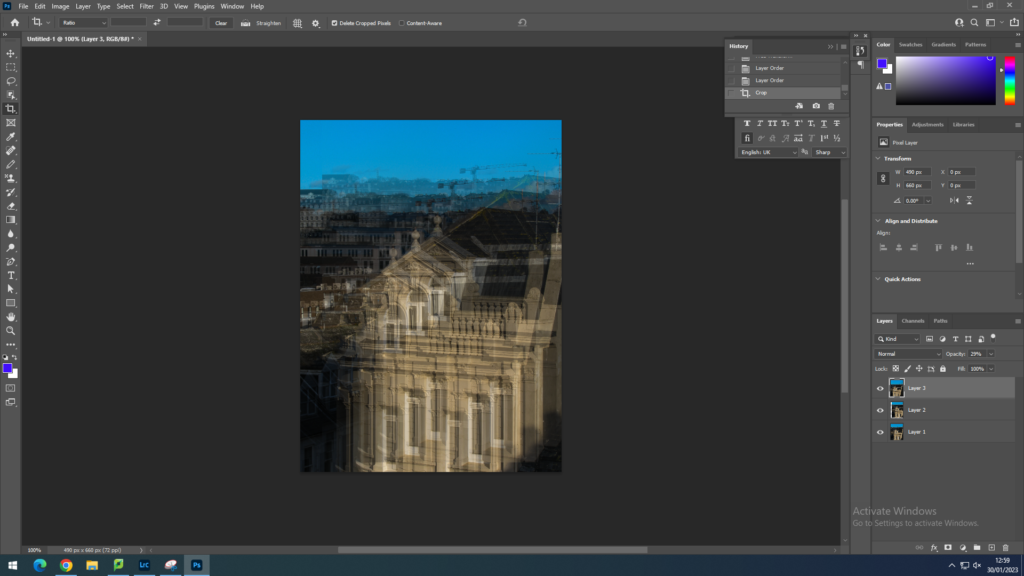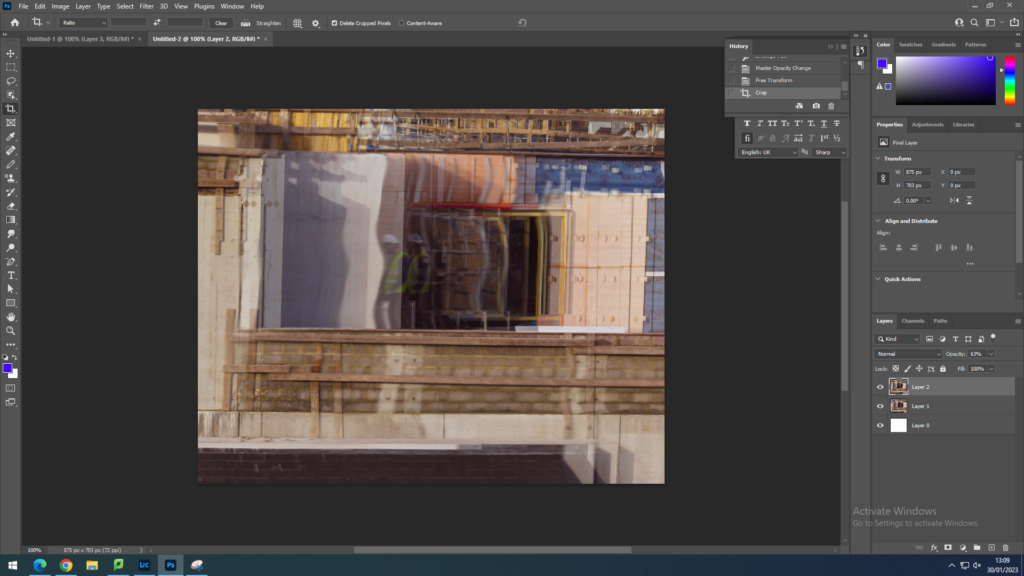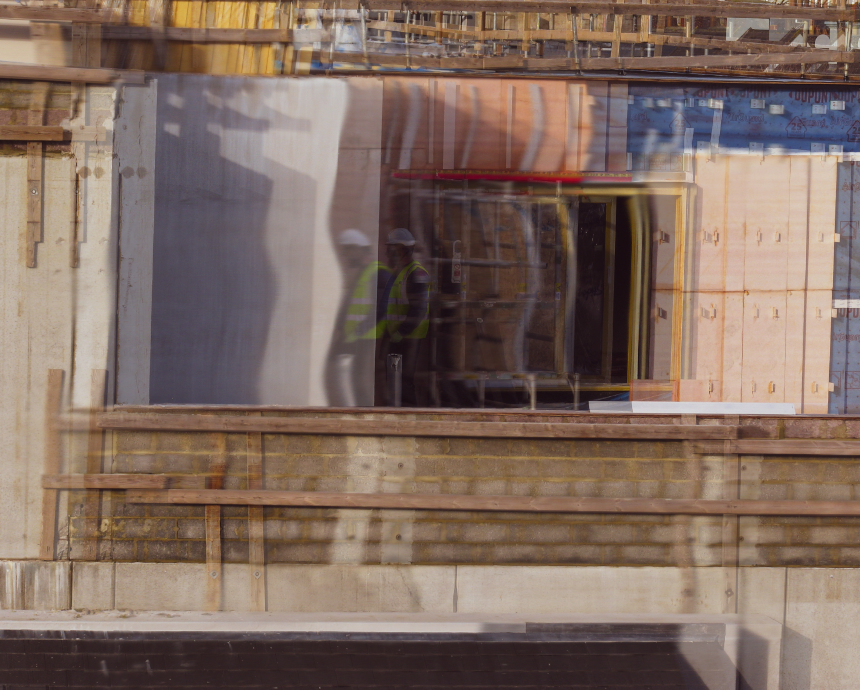Steven Irwin
Freelance film maker and photographer, Irwin is based in Cardiff, South Wales. He began his career as a documentary film maker and photographer before moving towards more layered, abstracted images.
Steven’s work practice combines both digital and analogue methods, from scratching and staining negatives to digital manipulation. with his work has being purchased by private collectors around the world.



Why have you chosen this artist?
I picked this Irwin as one of my urban artists since i think he has a very unique and interesting style.
What interest you about their work?
I was intrigued by the colourful, modern, street art we can see when walking around big cities.
How does the work relate to the theme of Urban?
This relates to urban photography since the buildings are city like in a cluster of them.
What are you going to do as a response to their work?
In response, I would perhaps like to try either editing the image manually using water colours or editing my image on photoshop by adding in colours digitally.
Riccardo Magherini
Riccardo Magherini is known for his frenetic and layered images of street scenes and urban landscapes. Represented by galleries across London, Paris and New York, Riccardo has achieved recognition internationally from awards such as the International Photography Awards and London International Creative Competition.
Riccardo’s photography explores the phenomenon of time, more specifically, the movement that time creates. By overlapping multiple impressions, Riccardo’s photographs have a painterly quality, and with the endless illusion of depth, he creates works that resemble abstract paintings.



Why have you chosen this artist?
I chose Magherini as my main urban artist due to his stunning blurred street photography.
What interest you about their work?
I was interested in the colourful lights and busy surroundings seen in his images.
How does the work relate to the theme of urban?
His photos are often taken in cities or very populated areas, giving his pictures the theme of urban.
What are you going to do as a response to their work?
In response, I would like to have a go at his blurred effect that he creates in his images by placing the same image over the top and lowering the opacity.
Pedro Correa
Pedro Correa is a fine art photographer. Having studied oil painting and comic art at the Brussel’s Royal Academy of Arts, he became fascinated by photography and its capacity to capture the moment. He decided to pursue the path of chasing these meaningful, fragile moments, seizing them through the art of photography while taking his impressionistic background with him. With a recent solo show in London, and a portfolio just launched on Rise Art, we decided to sit down with him and find out more about his work, and this elusive thing he terms the decisive moment.



Why have you chosen this artist?
I chose Correa as one of my urban artists since i found his minimal style to be captivating and attention drawing.
What interest you about their work?
I really like how he often sees beauty in things that would otherwise go unnoticed, such as rain or condensation. I also like how he uses the focus to direct the viewers eyes to see specific areas of his photos.
How does the work relate to the theme of urban?
His photos are often taken in cities or busy areas, even thought sometimes they aren’t the main focus of the image.
What are you going to do as a response to their work?
If i were to do a response to his work, I would try to use the wet weather to my advantage like he does in his photos. I would do this by focusing on the rain when there are lots of lights in the background.
Artist Comparison
The artist I have chosen to do a comparison of is Riccardo Magherini. I think his style really stood out to me among all the rest as I find his manipulation of the images to present more of a time rush and urban feel to them.
Image 1:

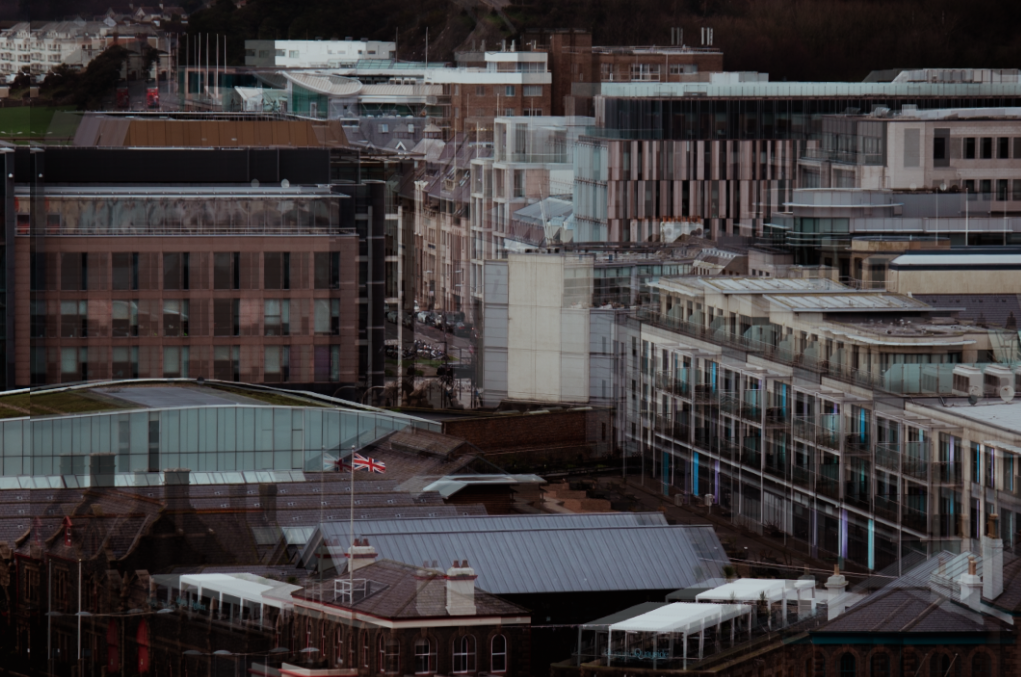
How I did it:
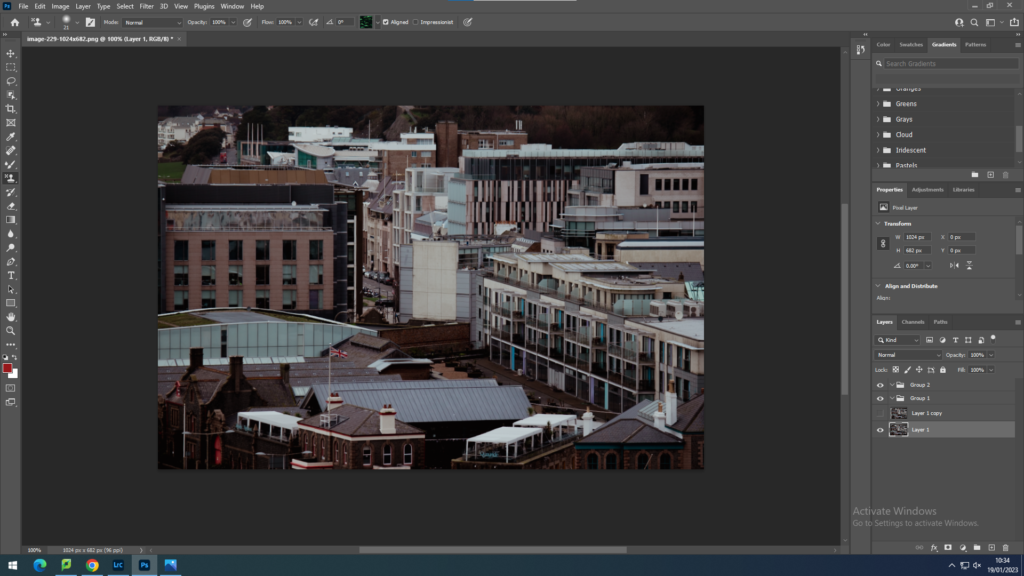

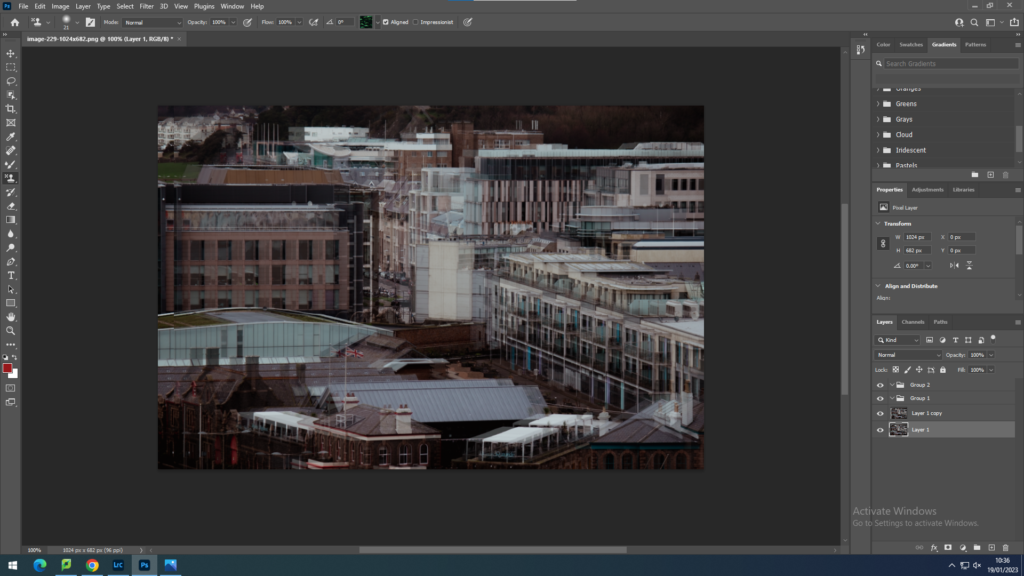
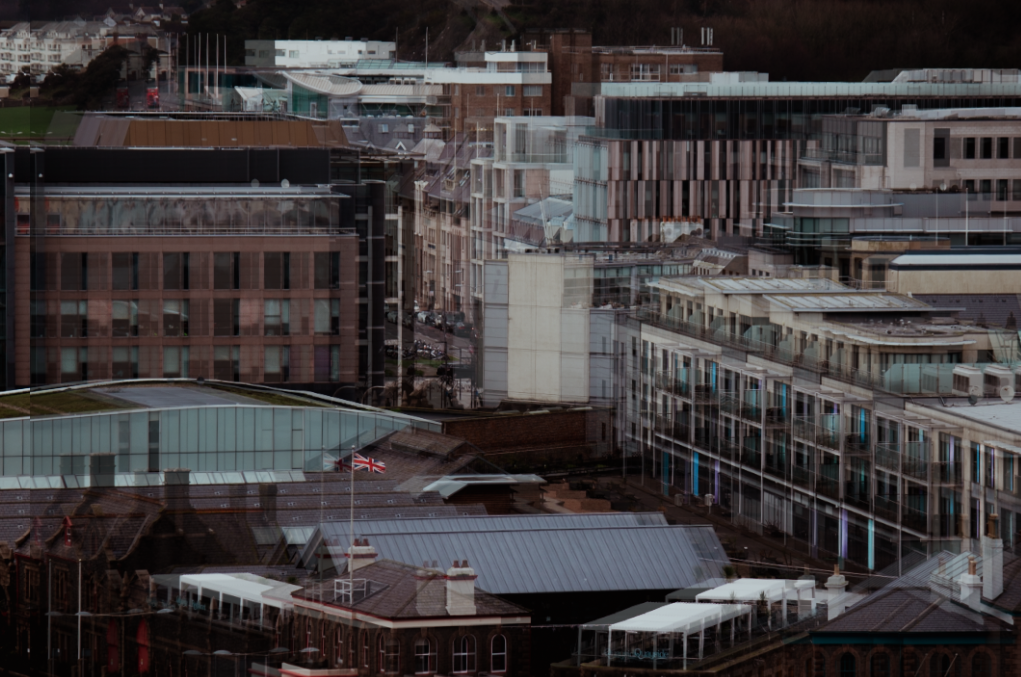
Image 2:
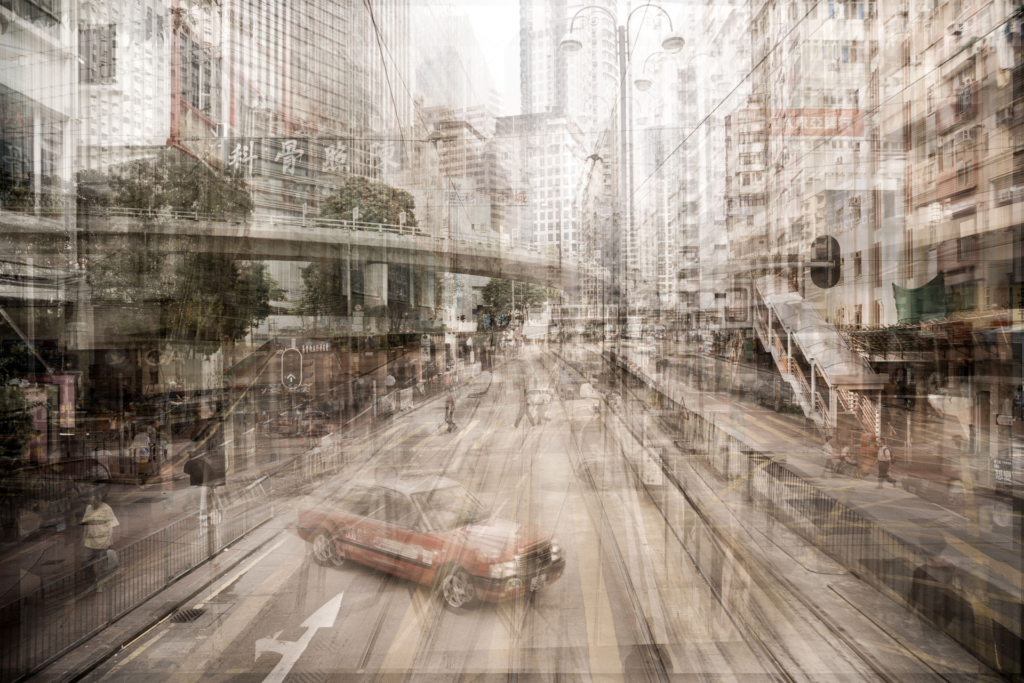
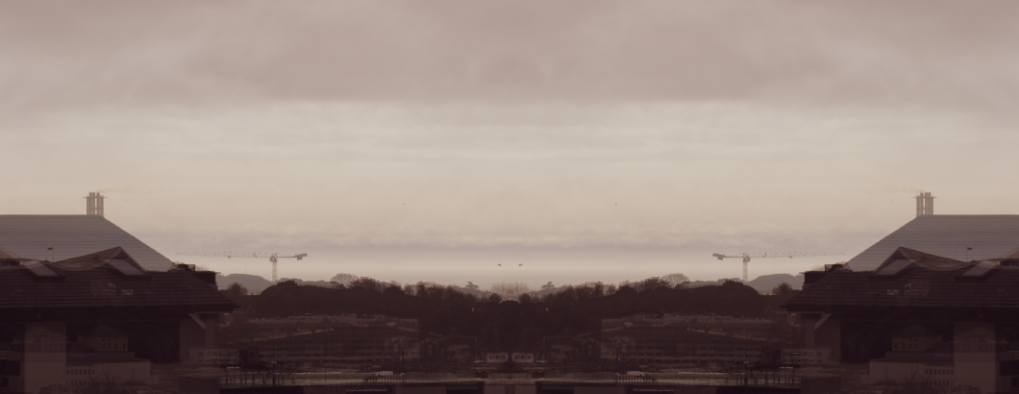
How I did it:
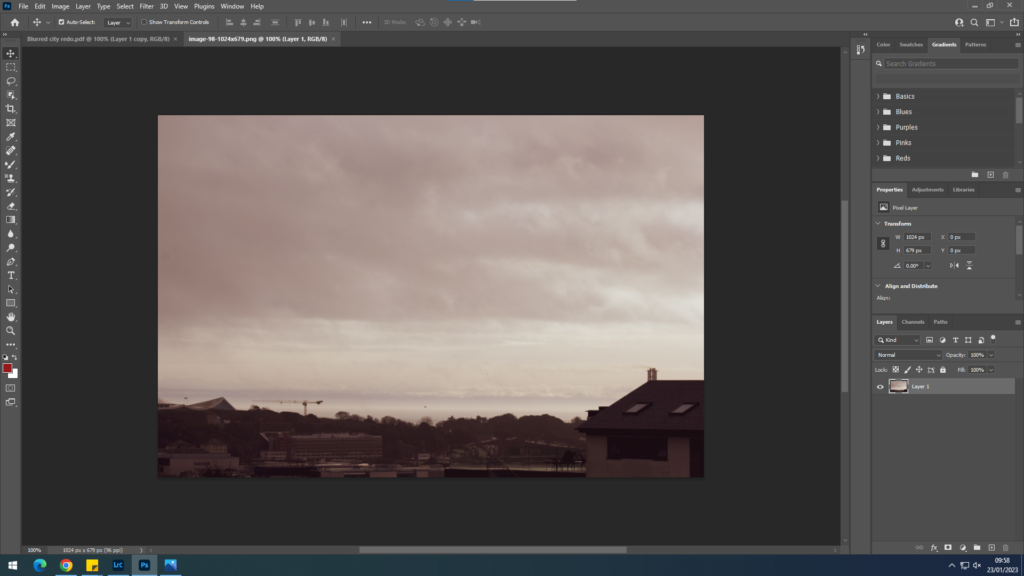
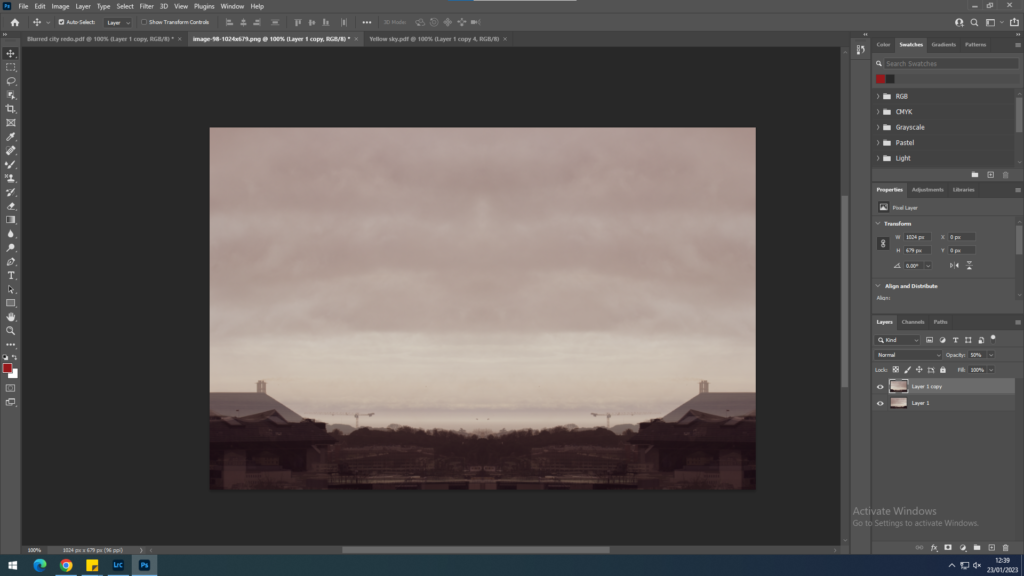
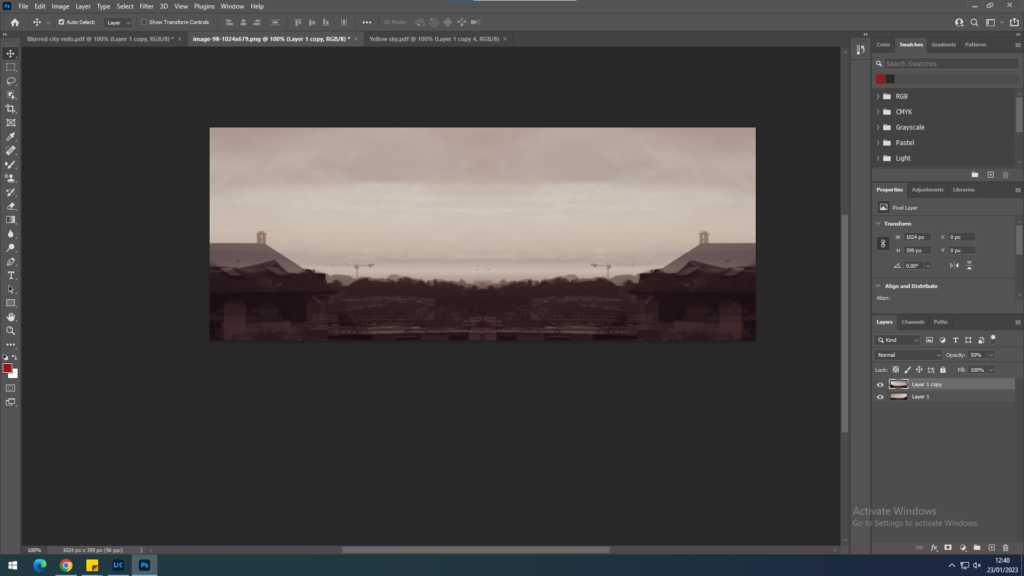
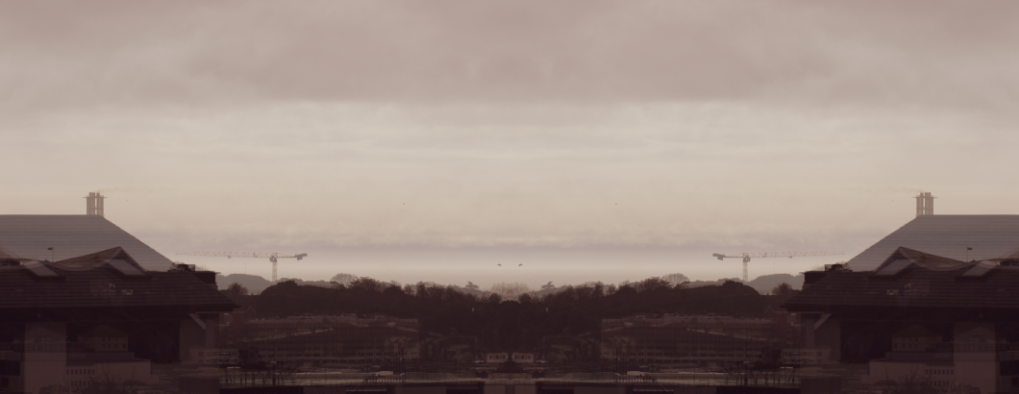
image 3:
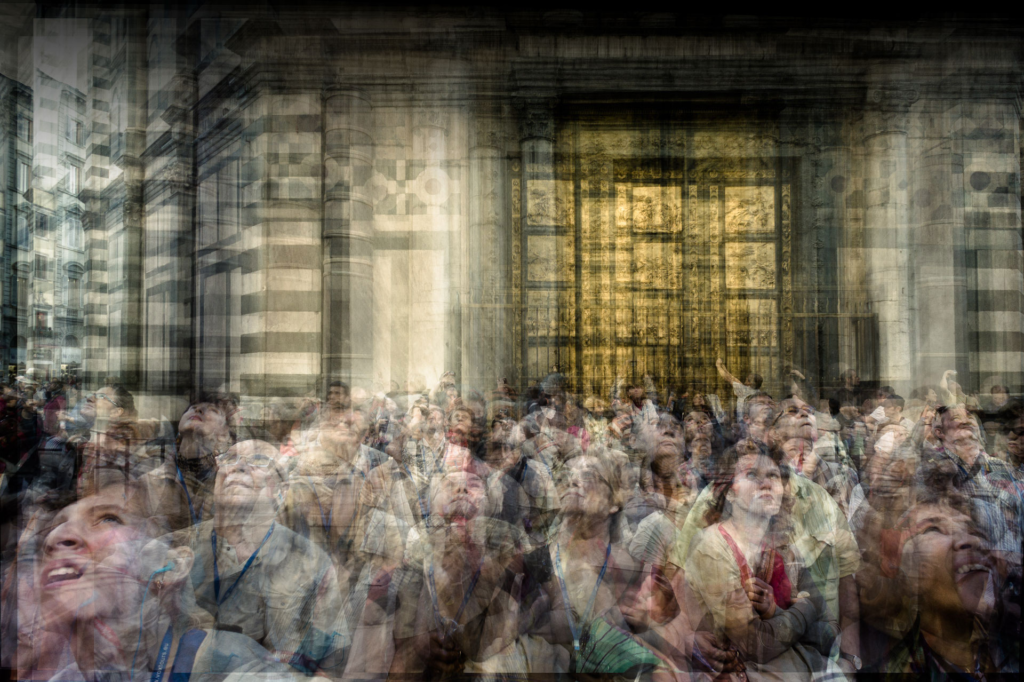
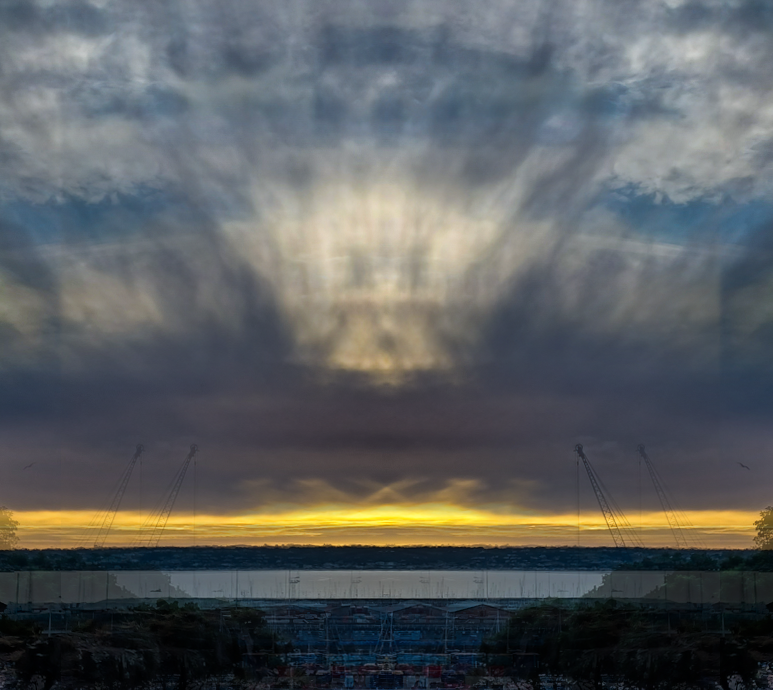
How I did it:
